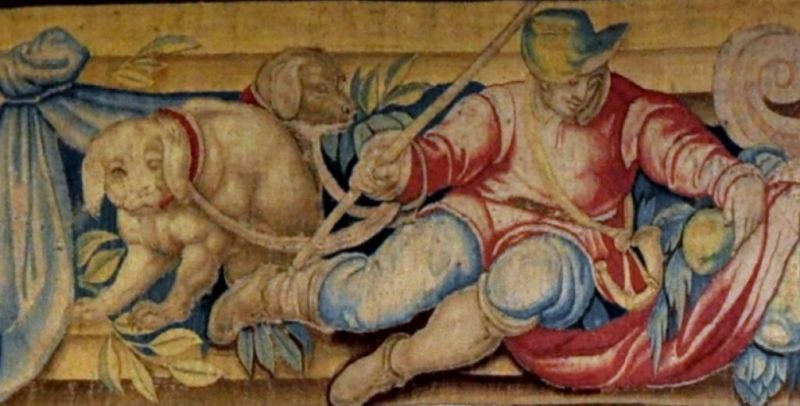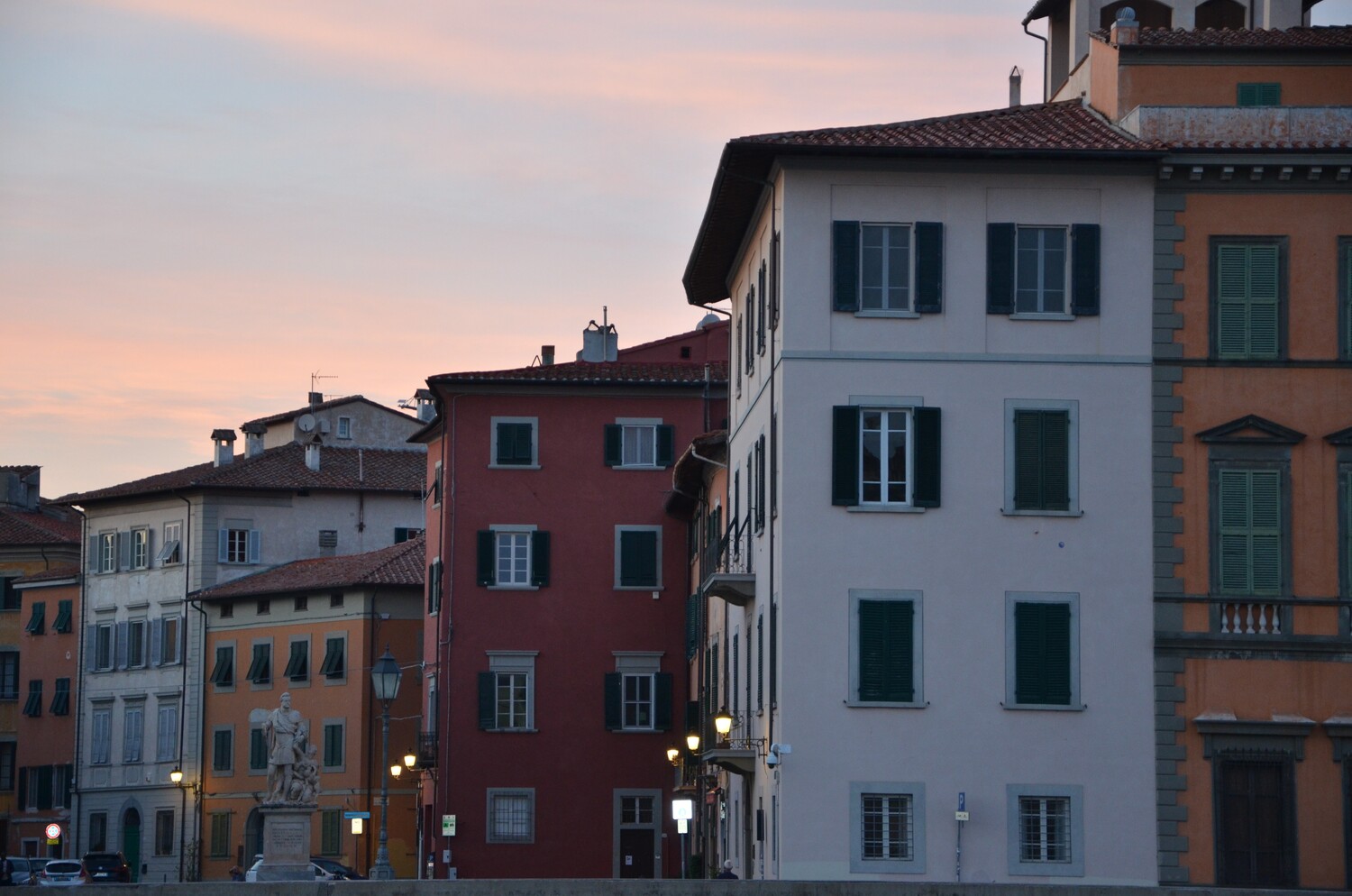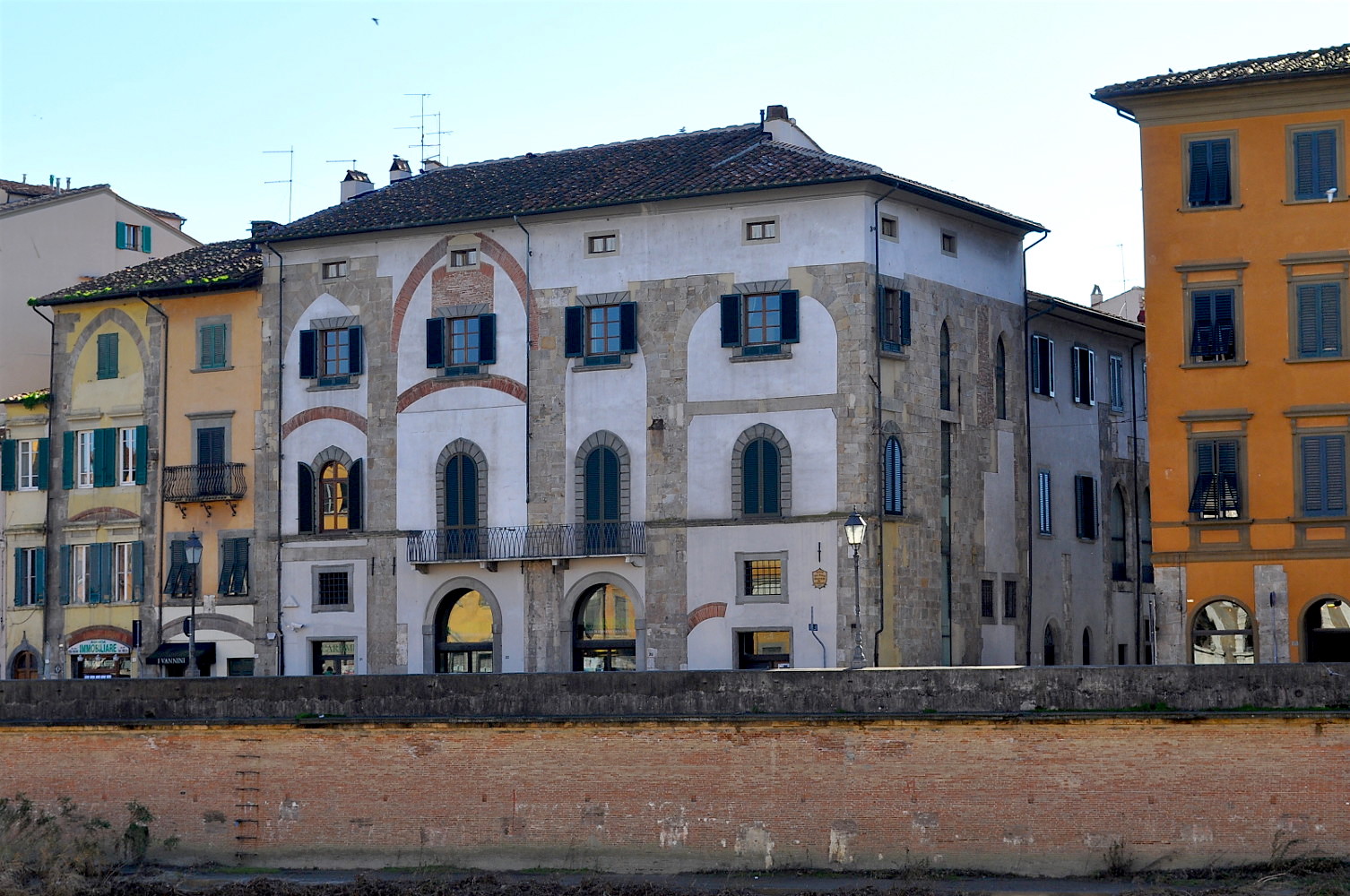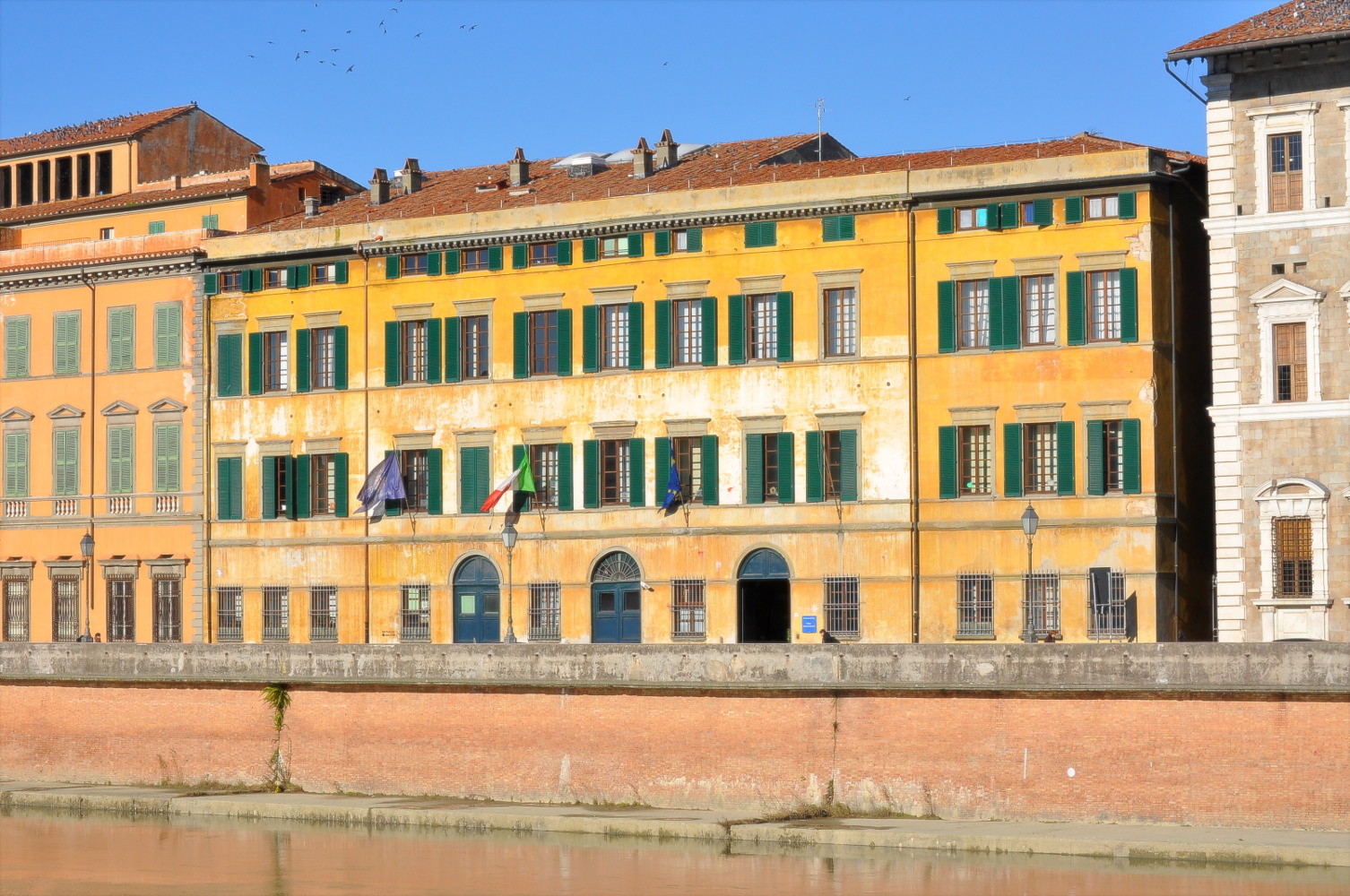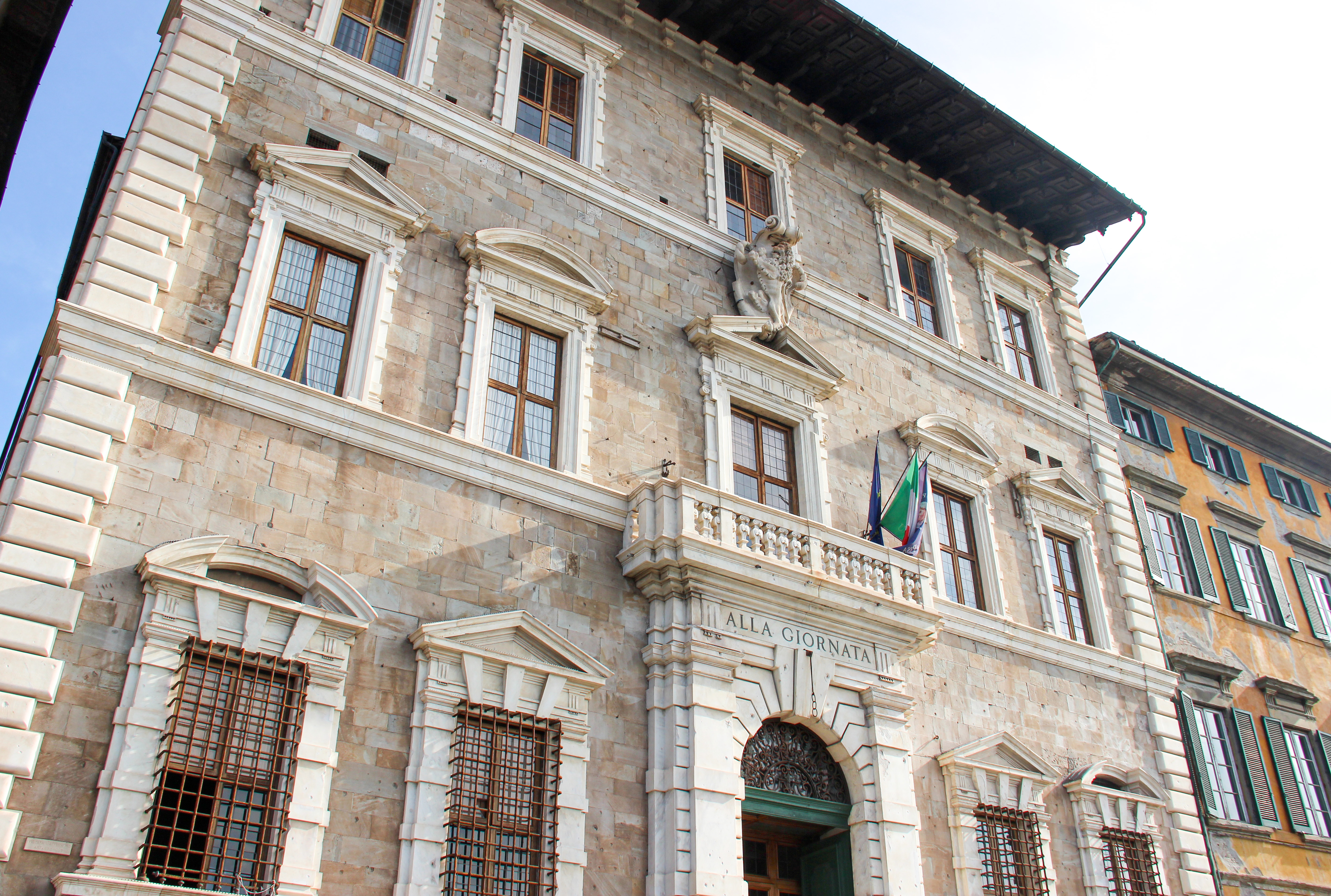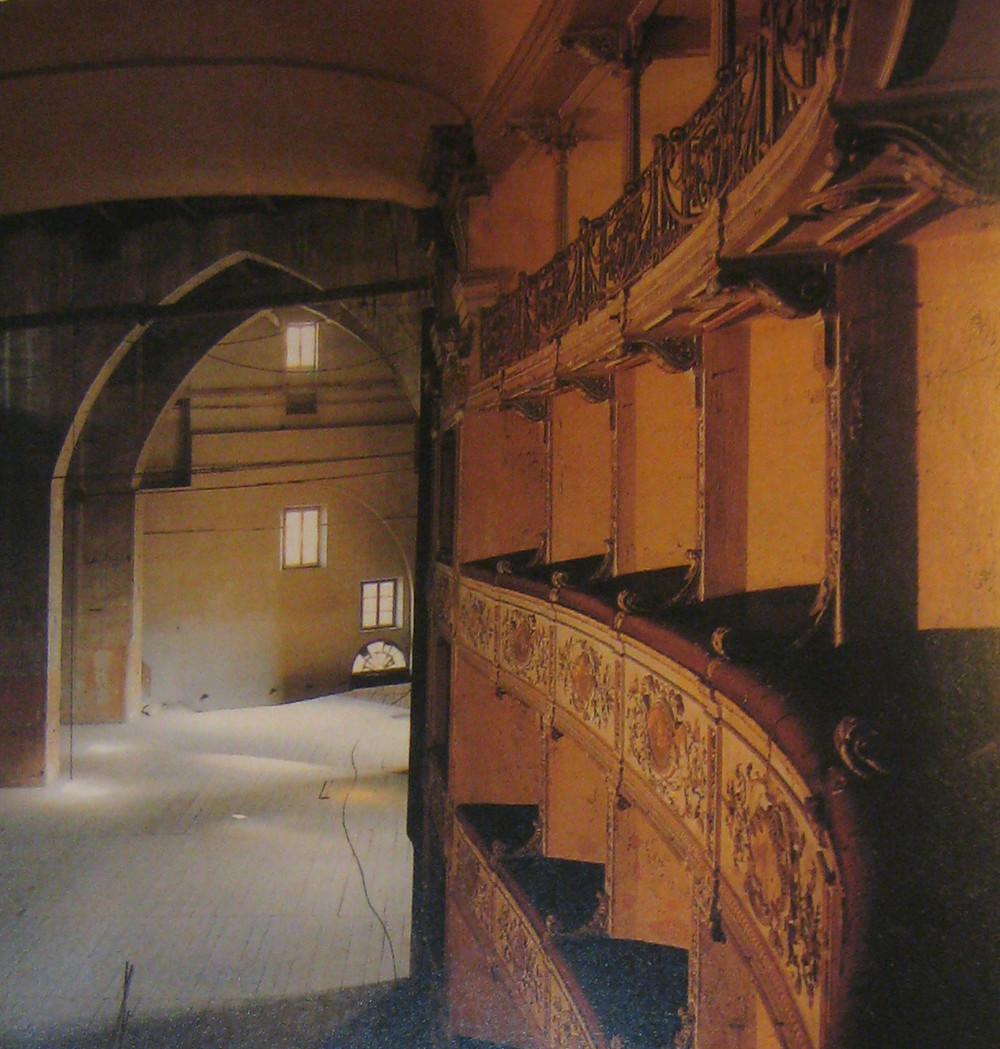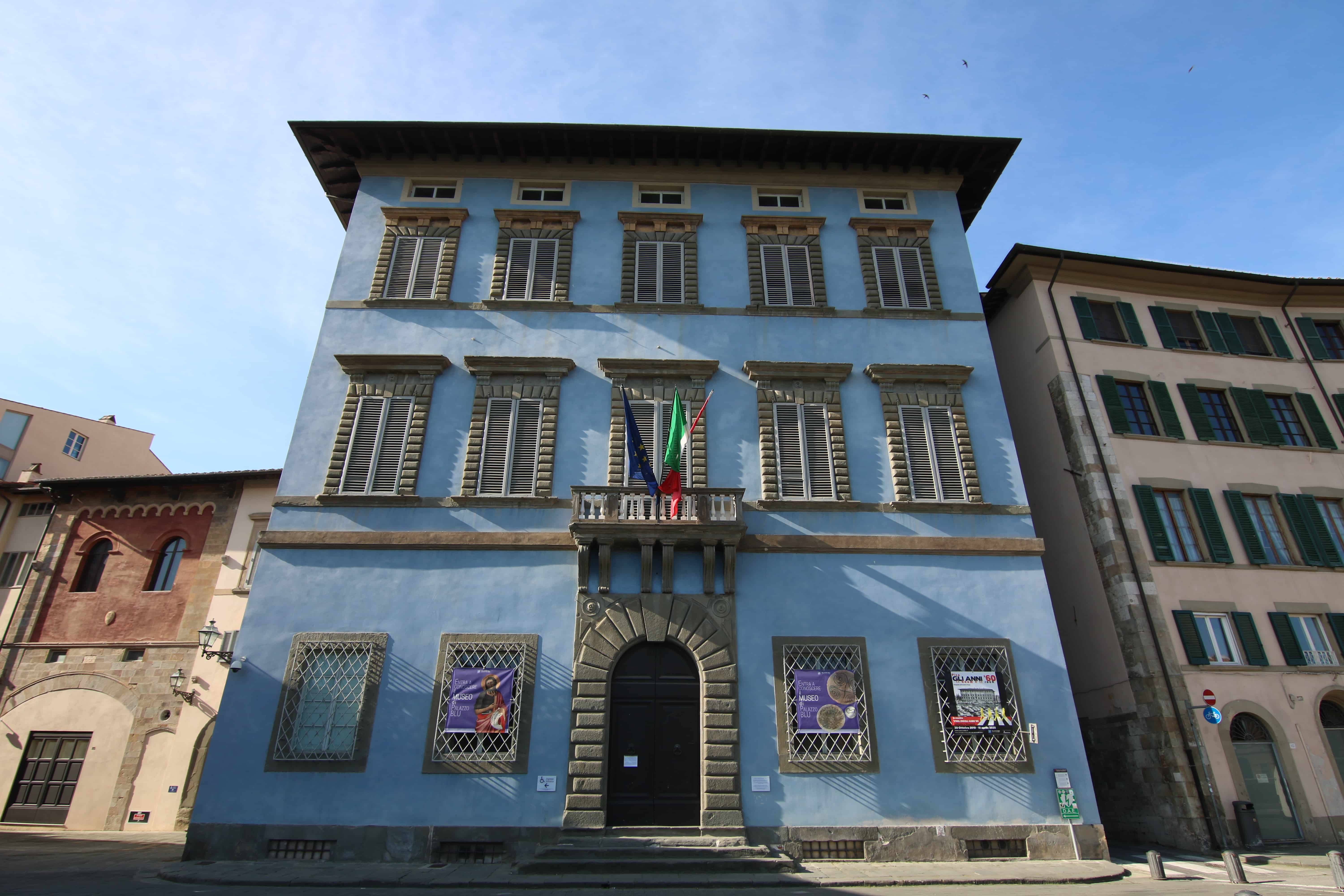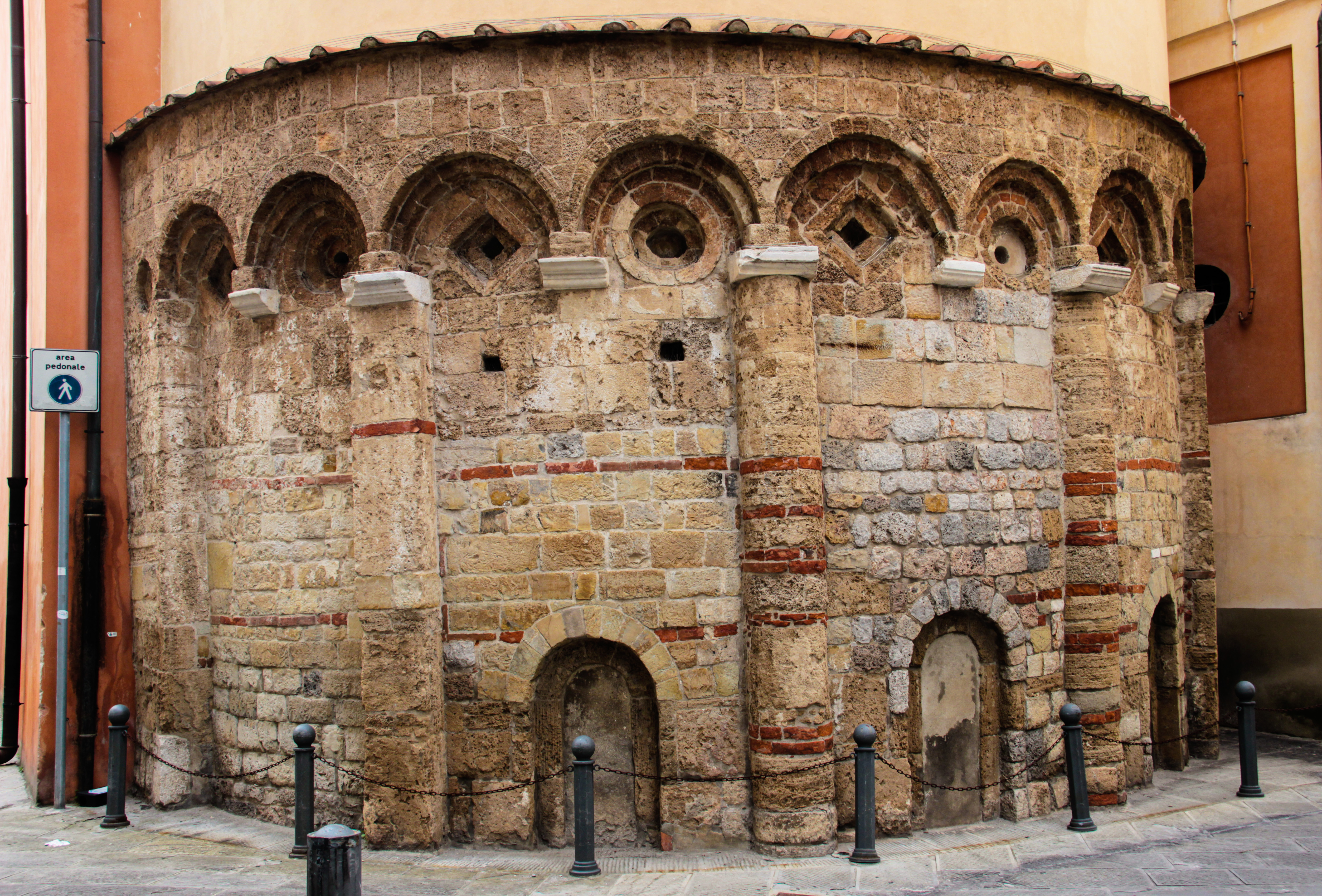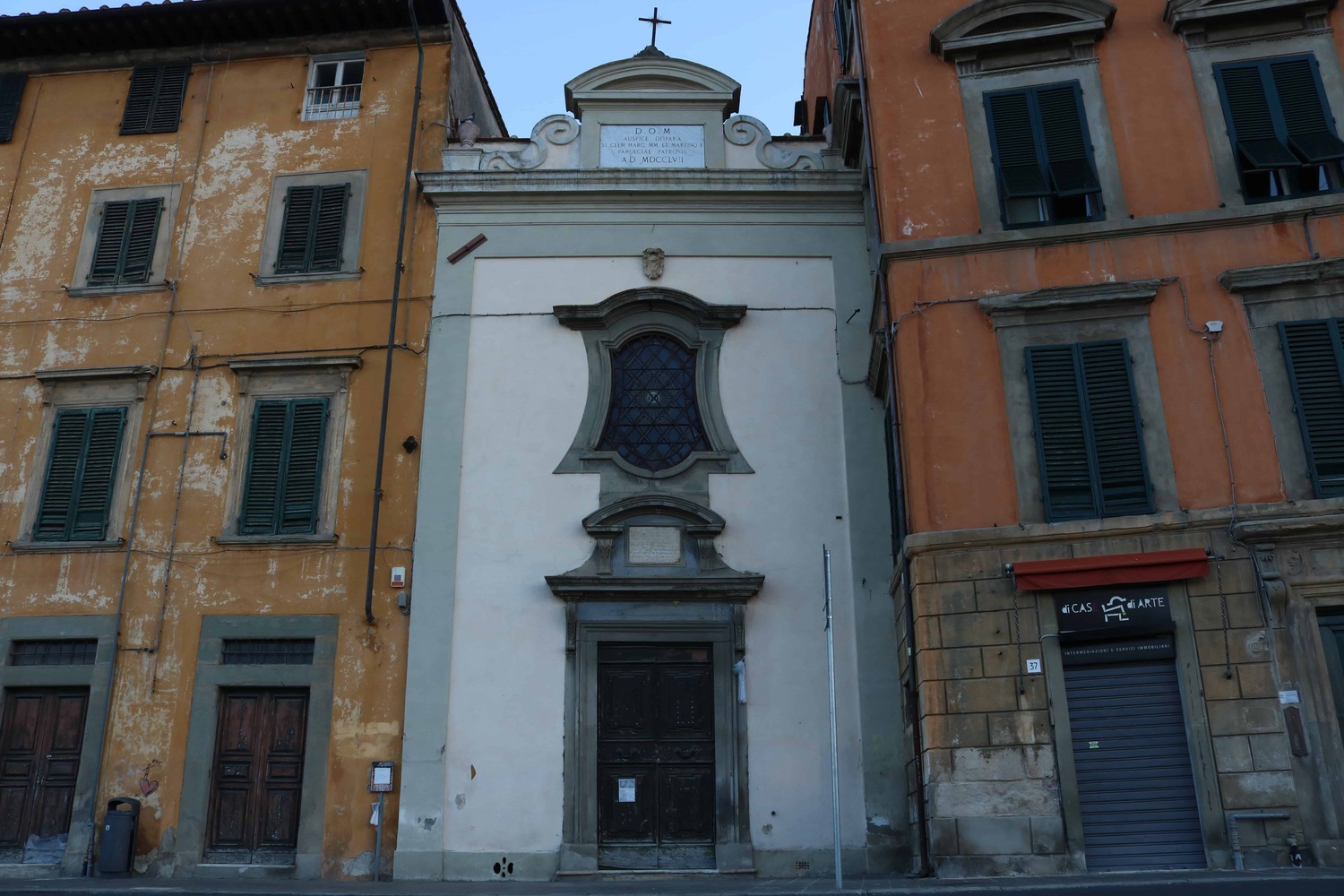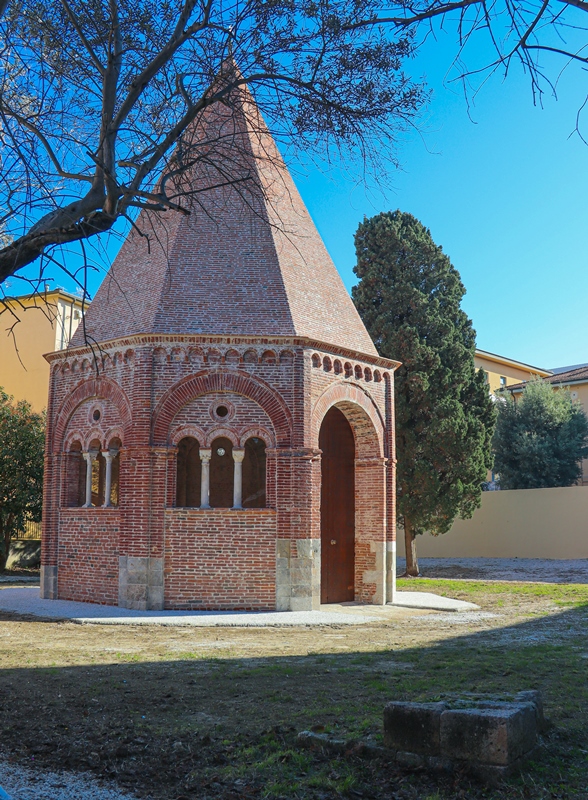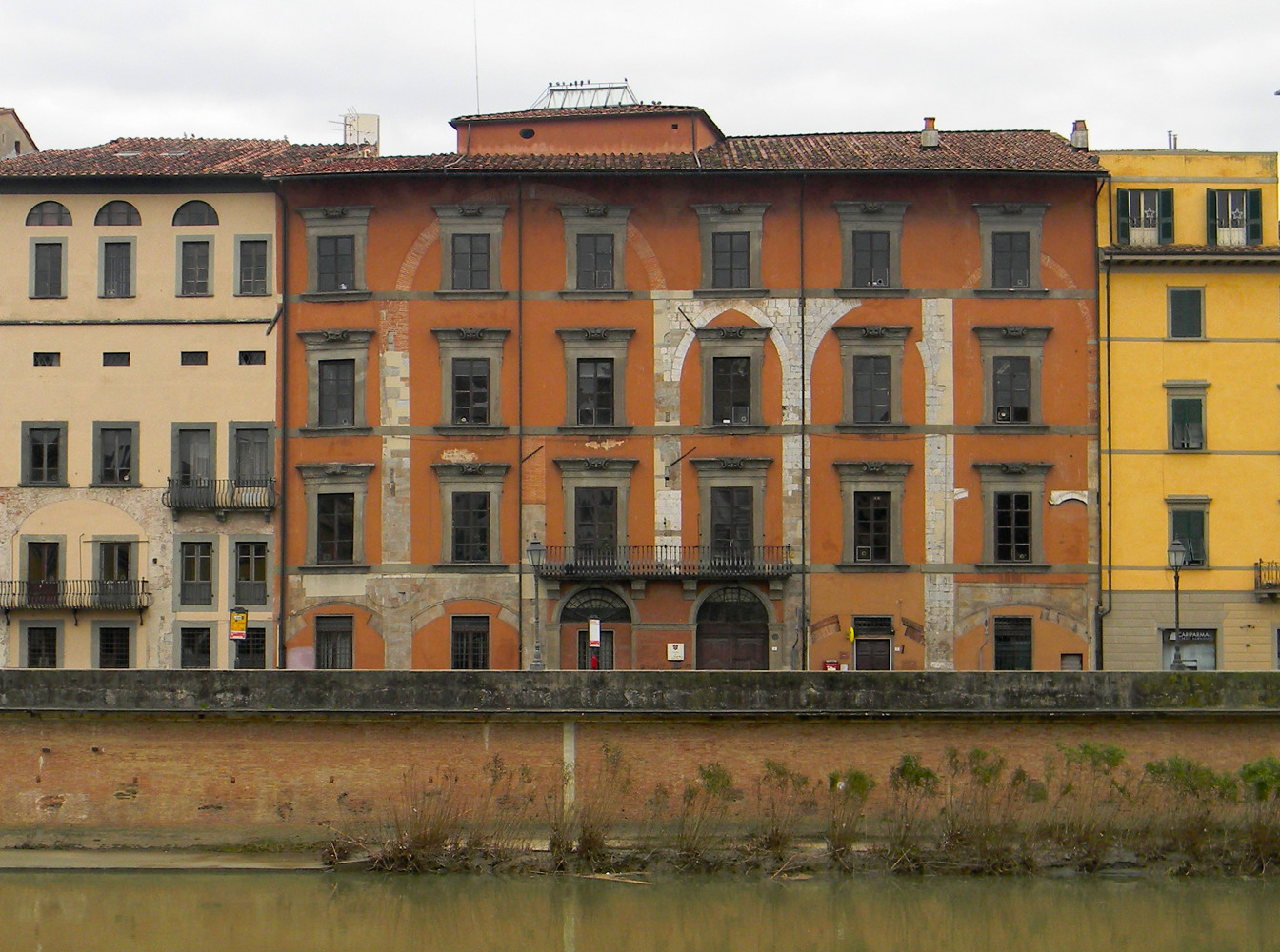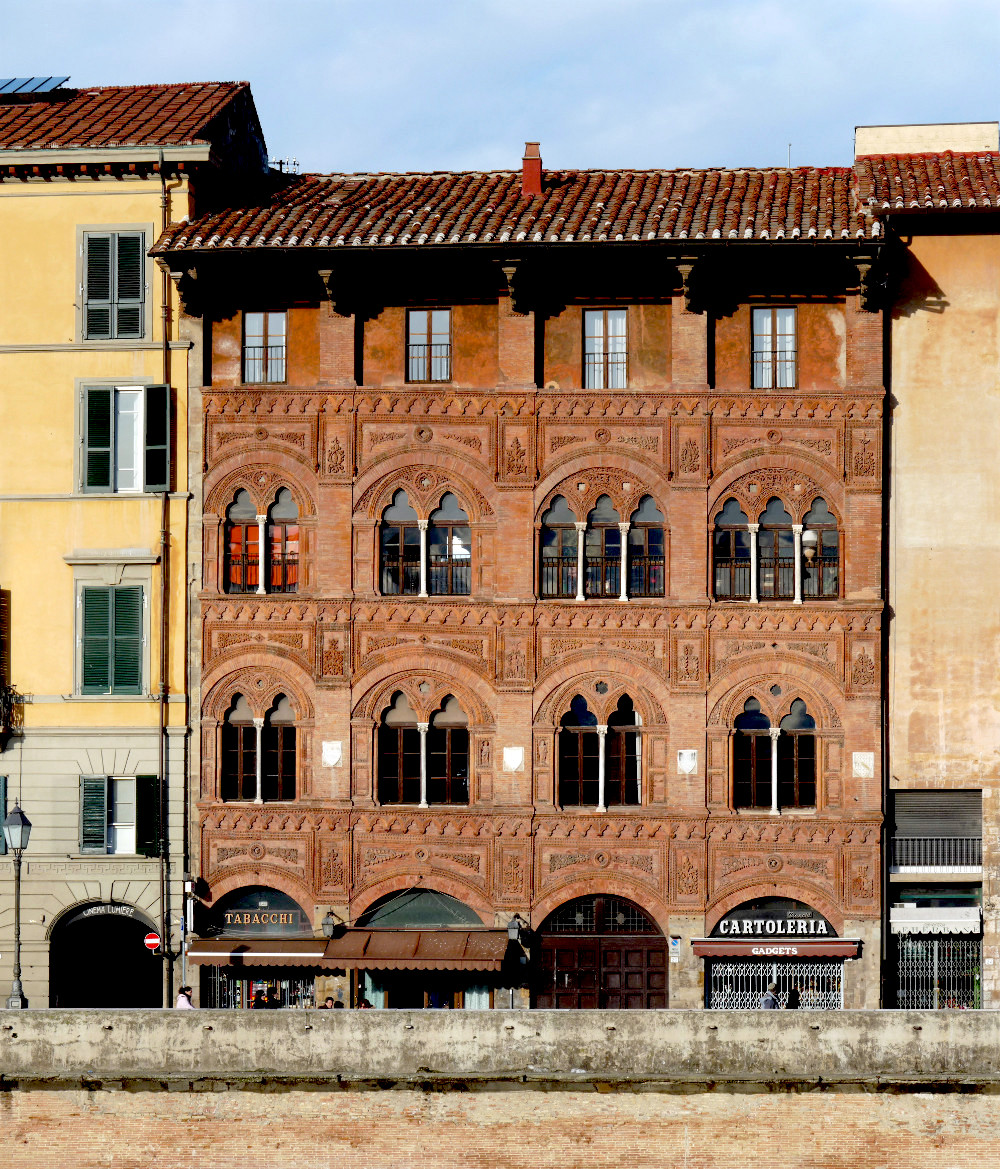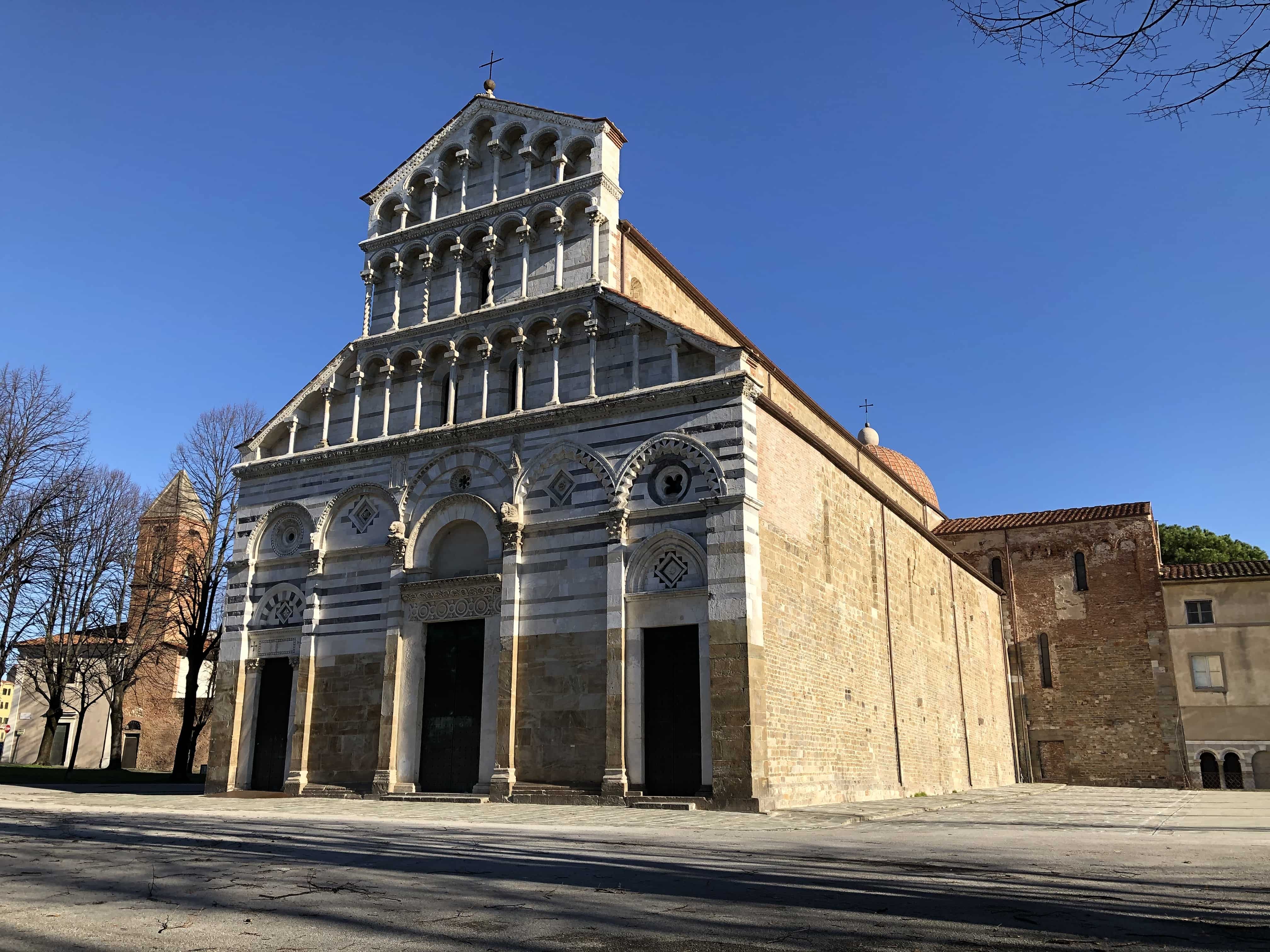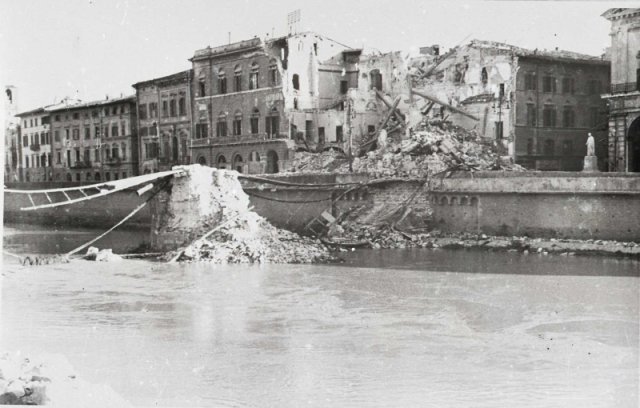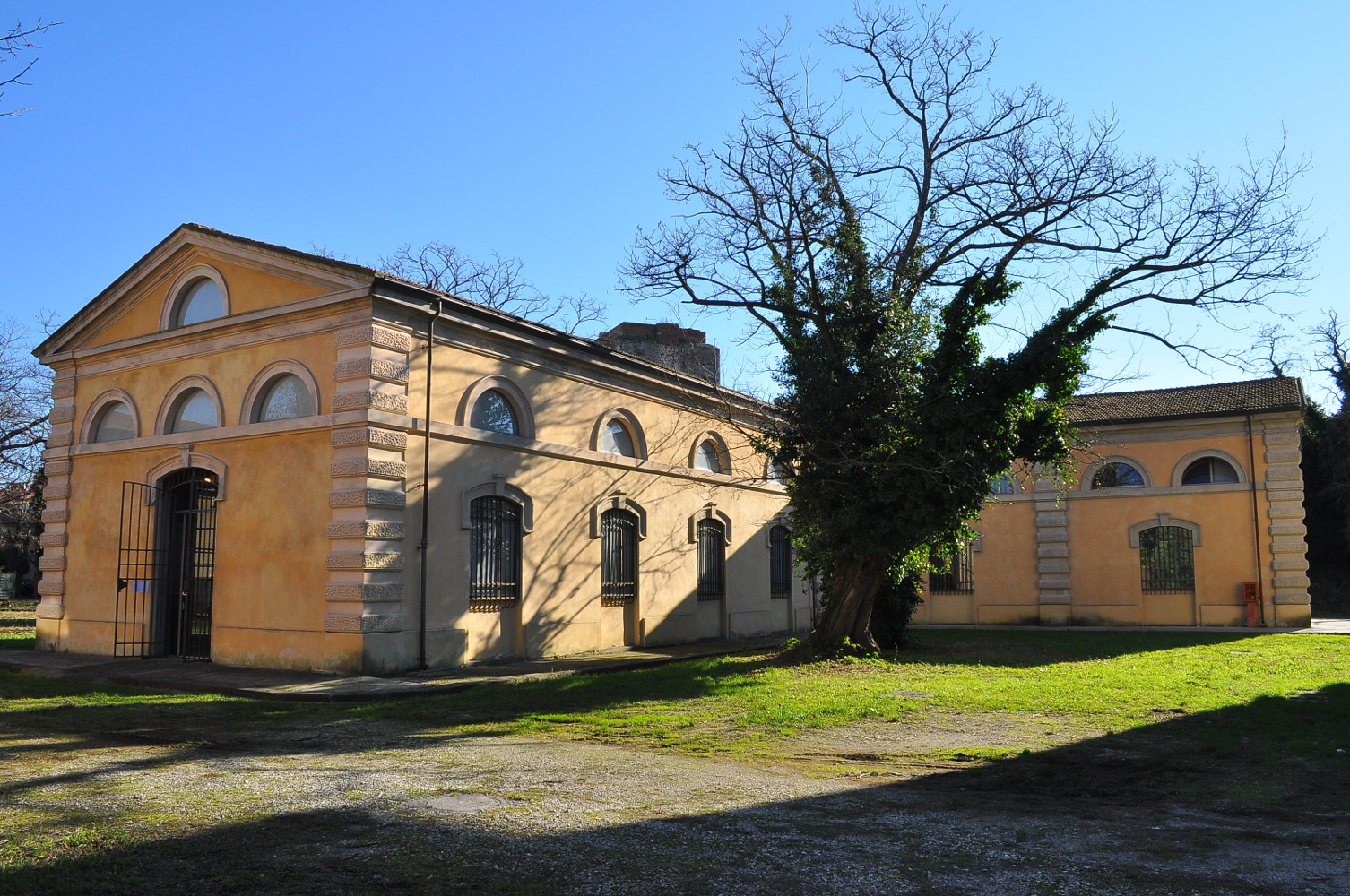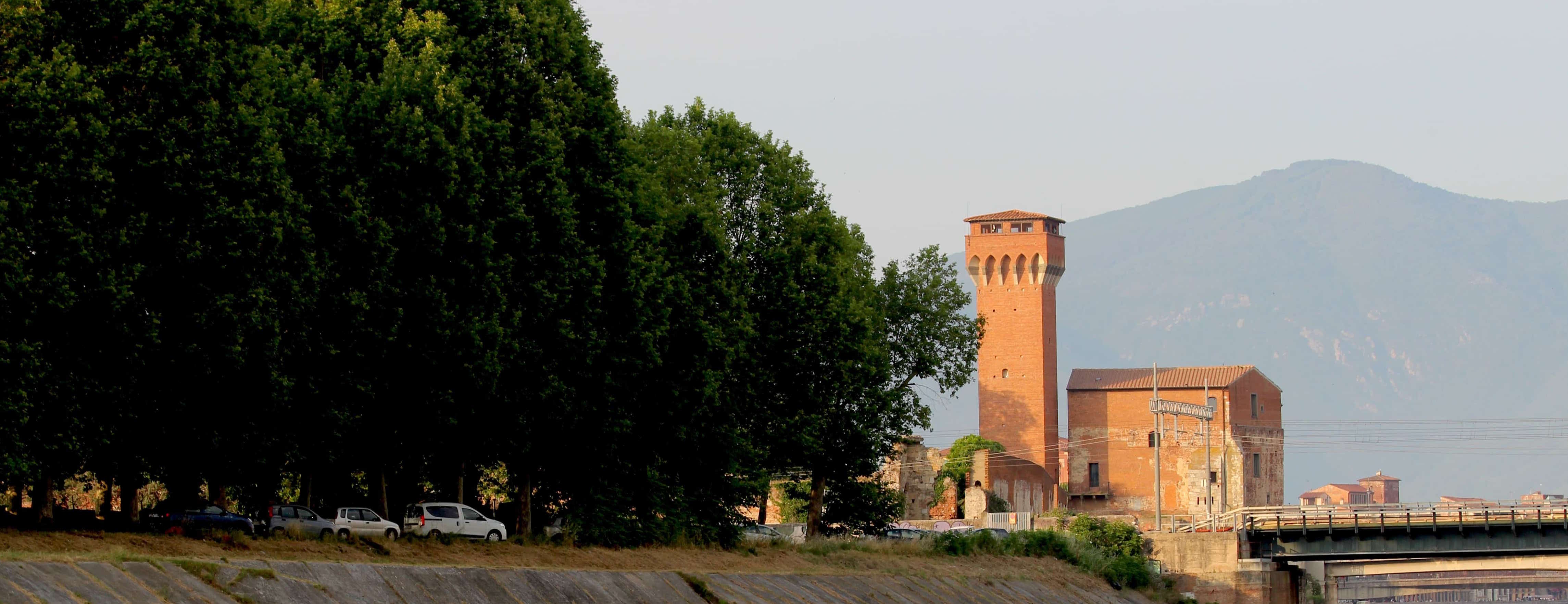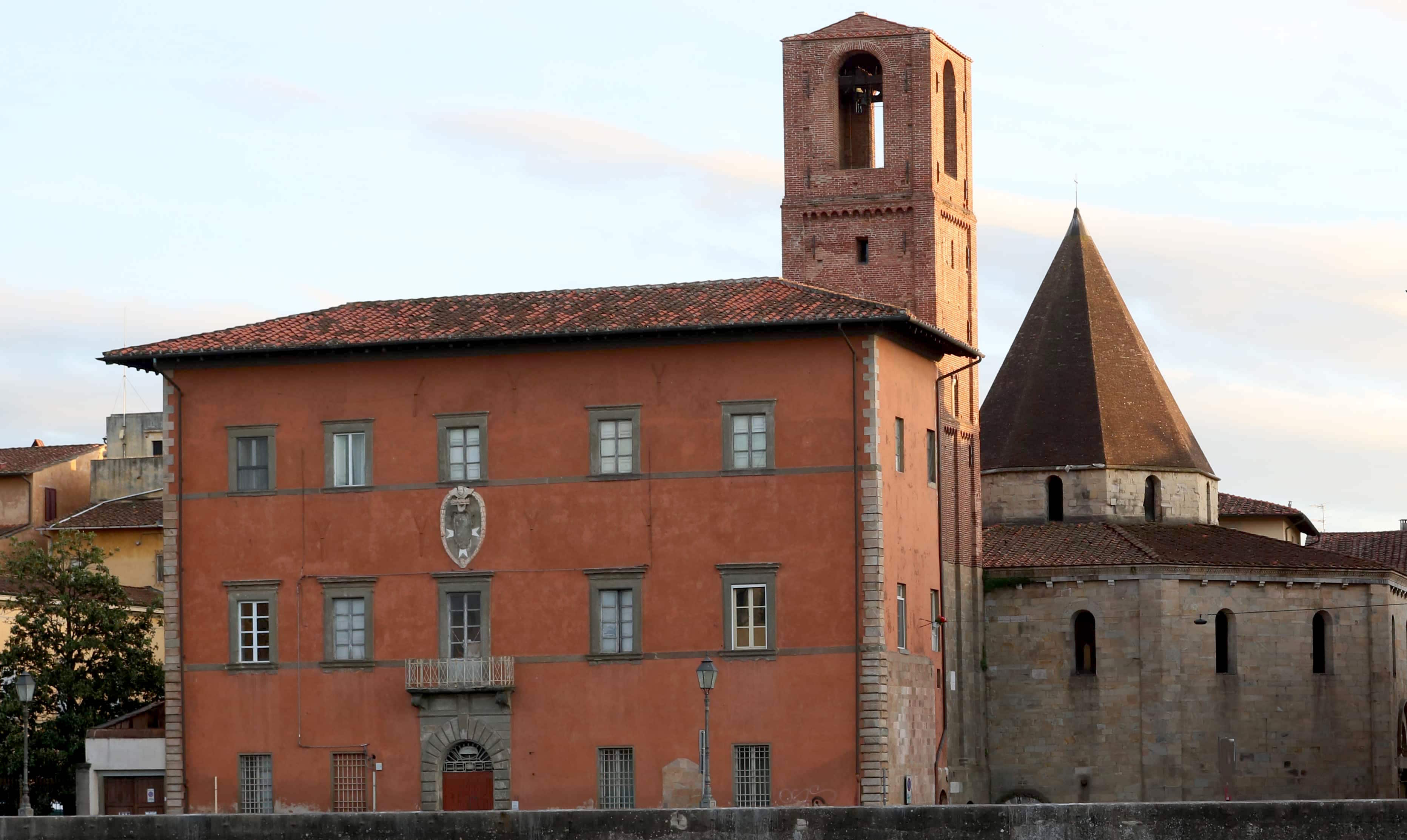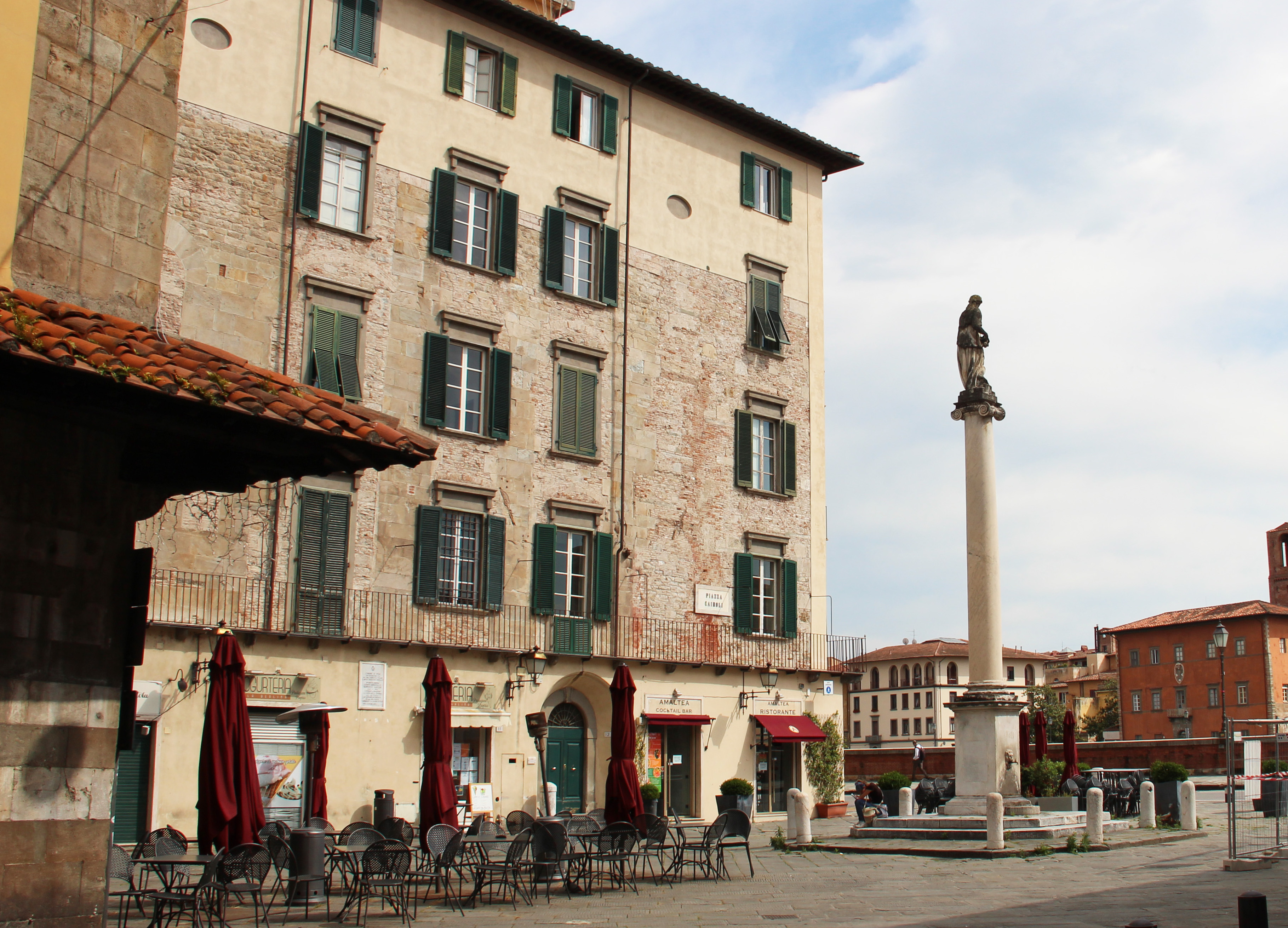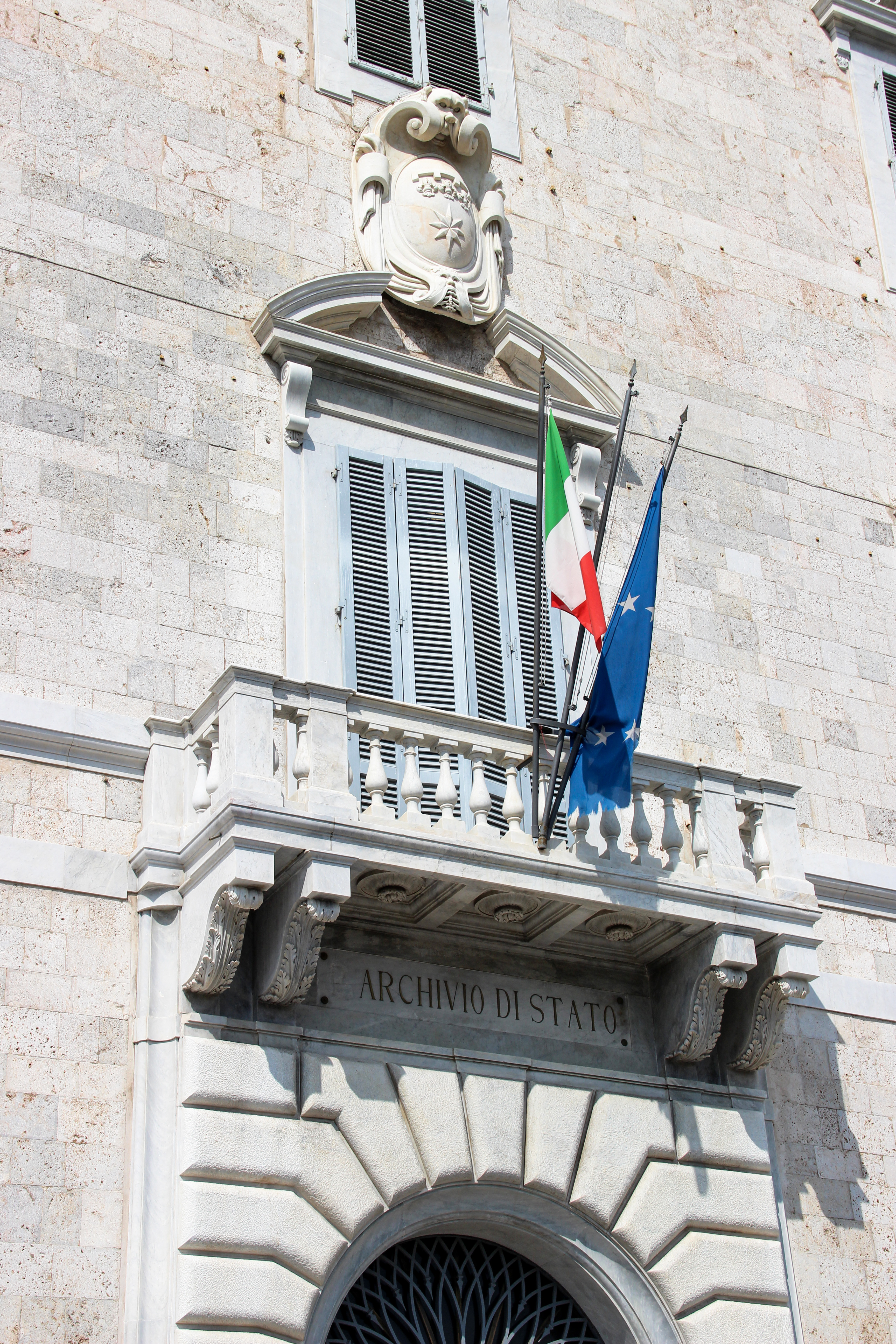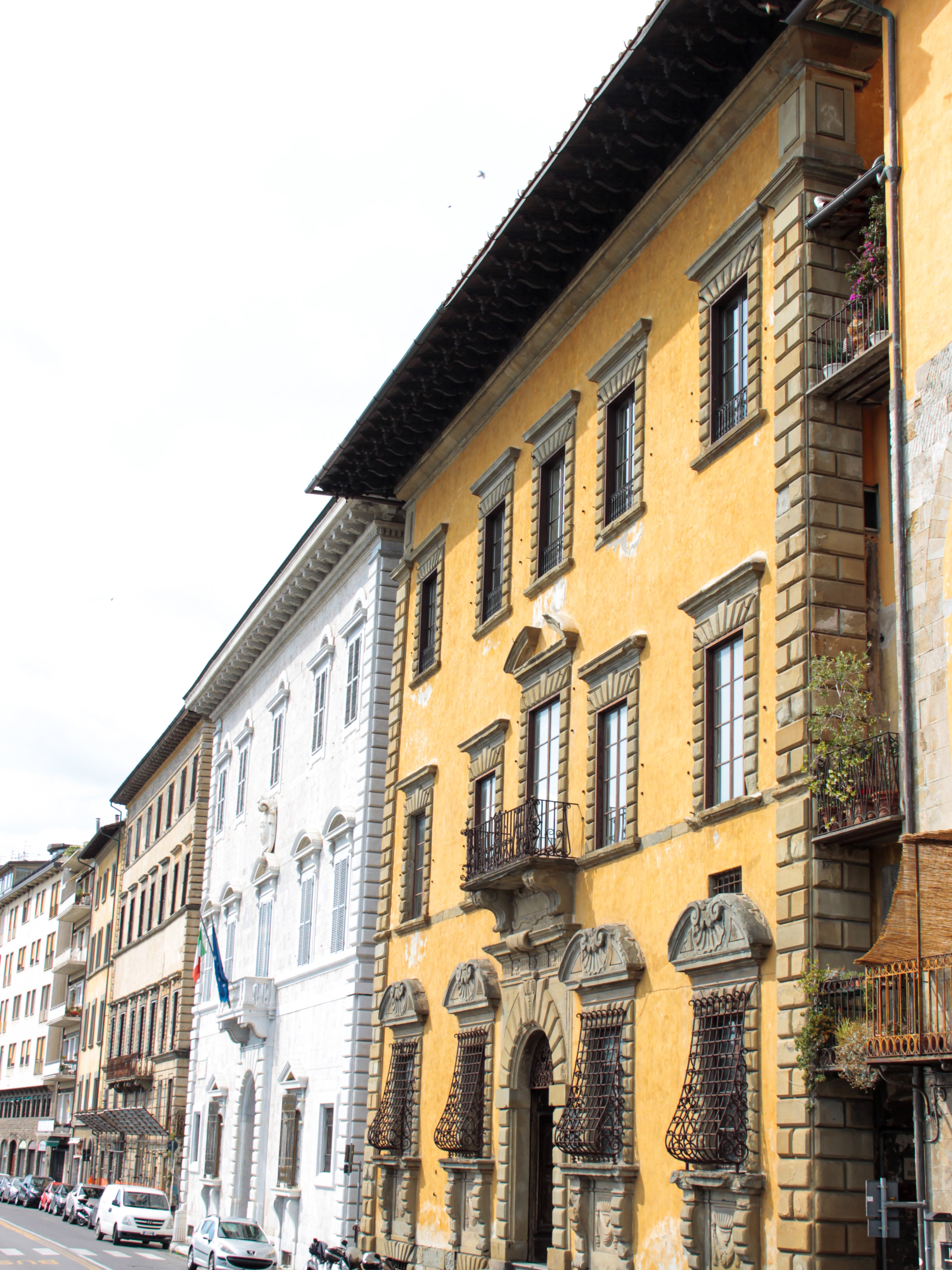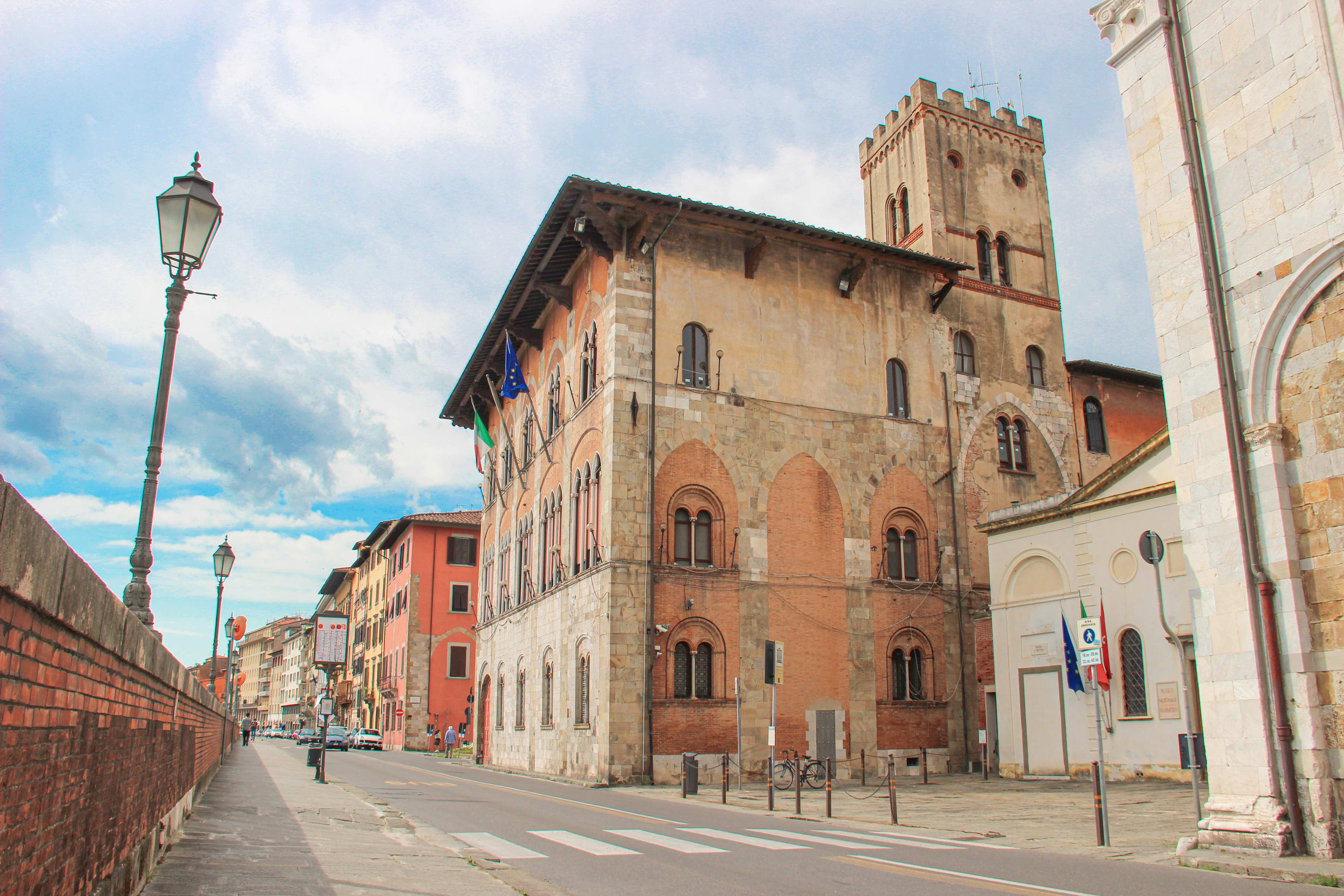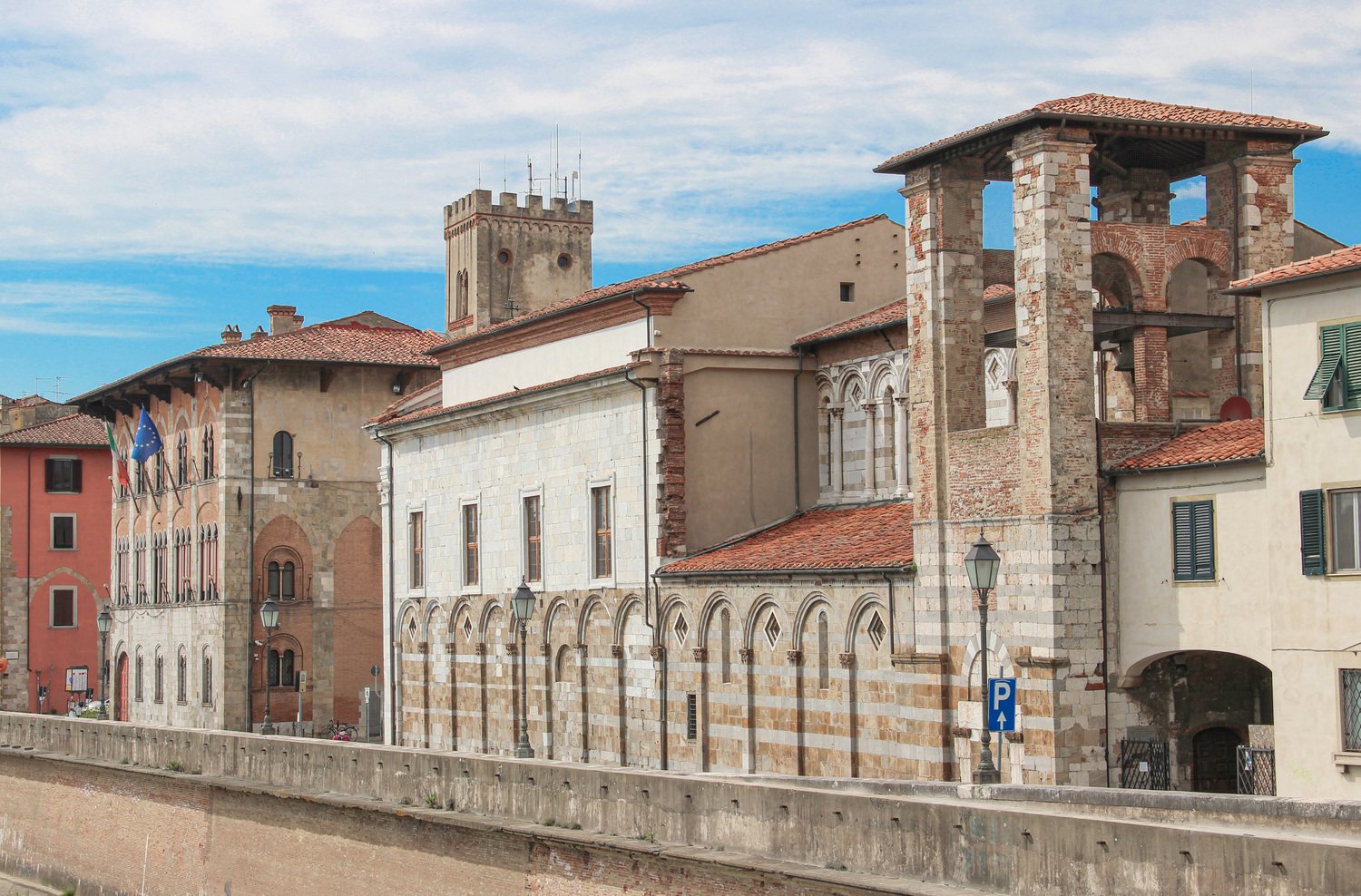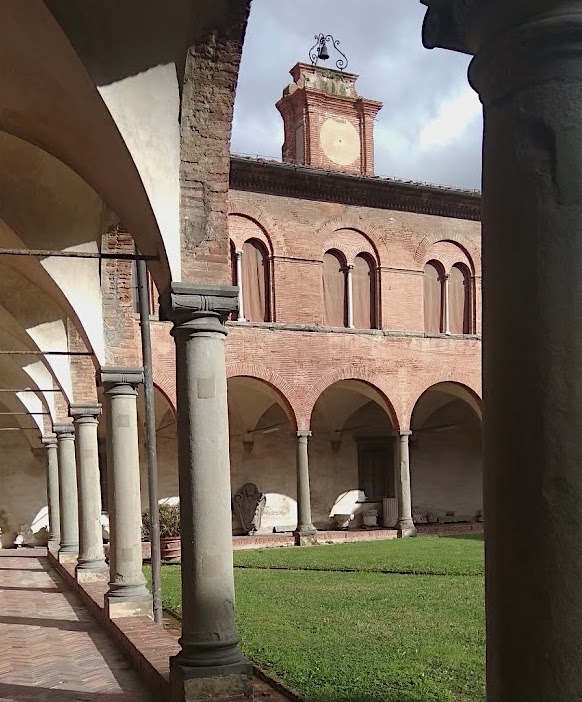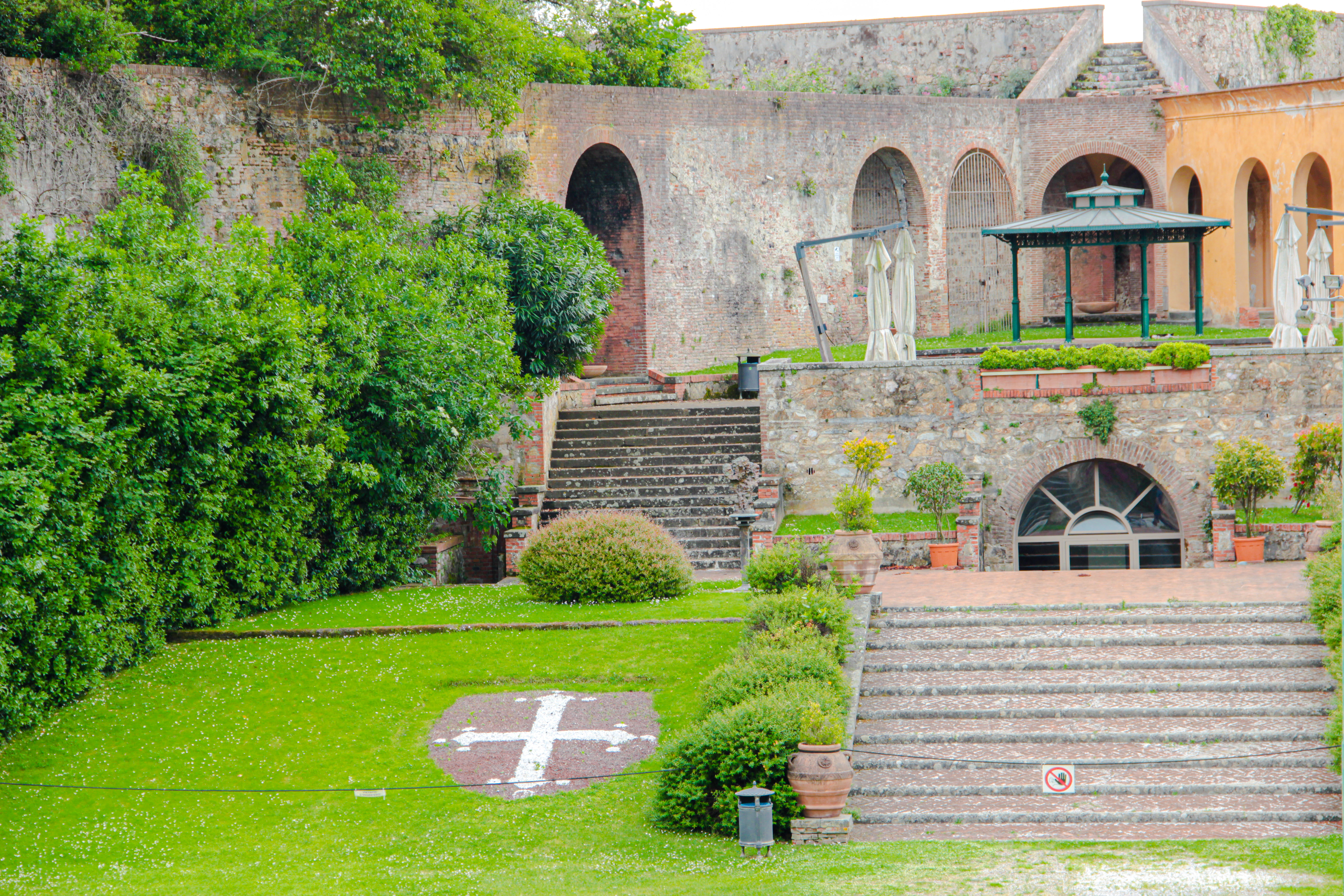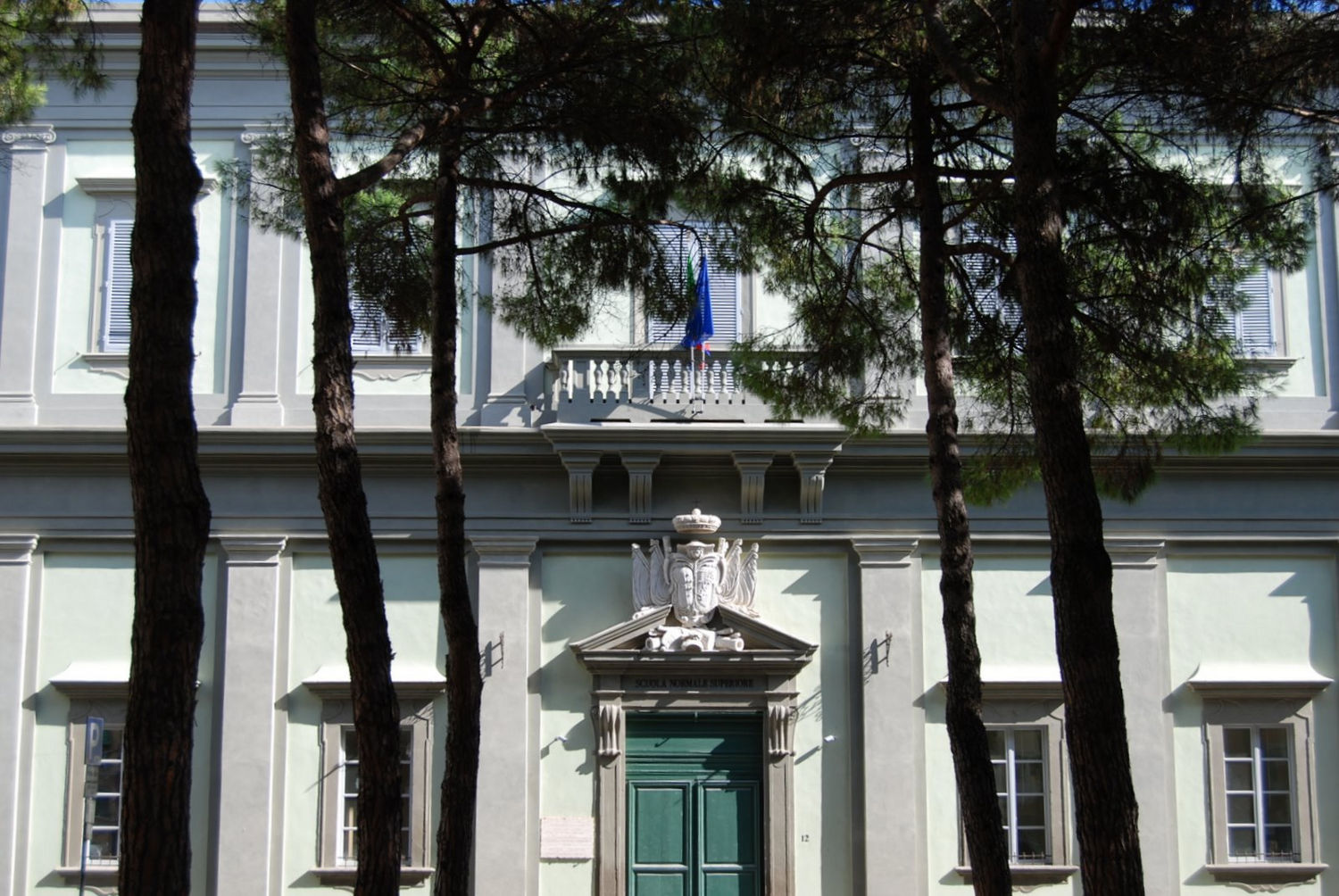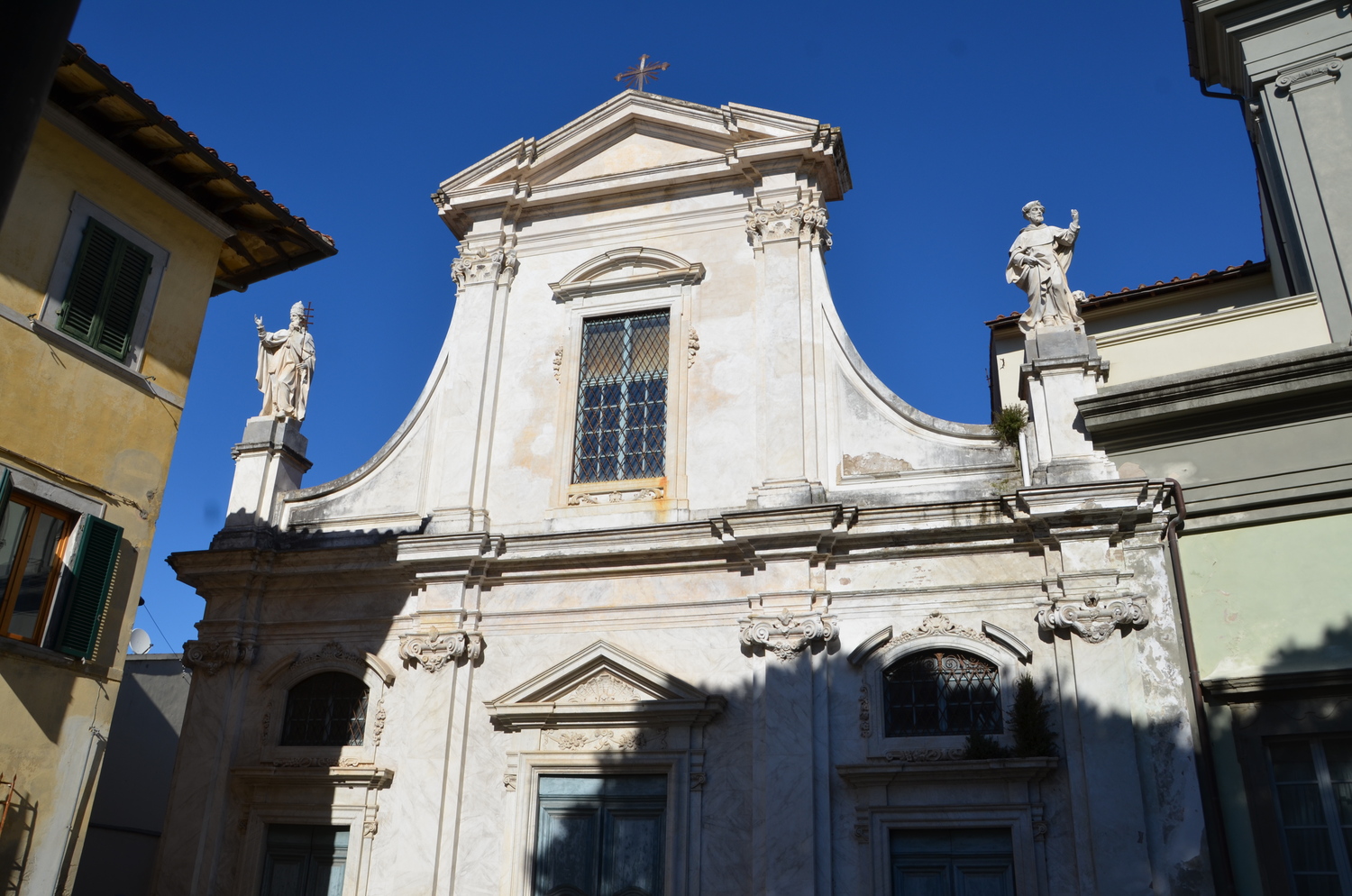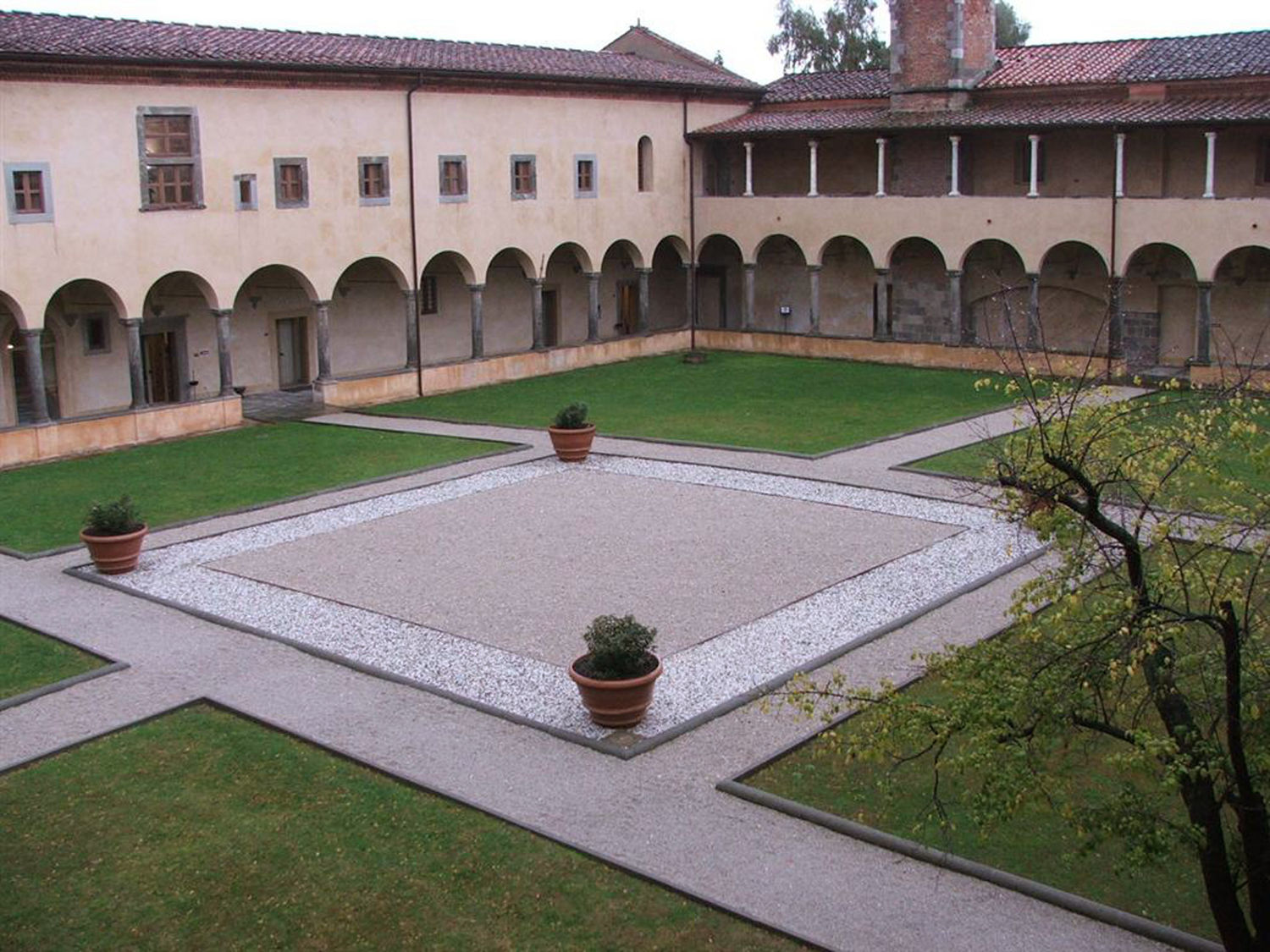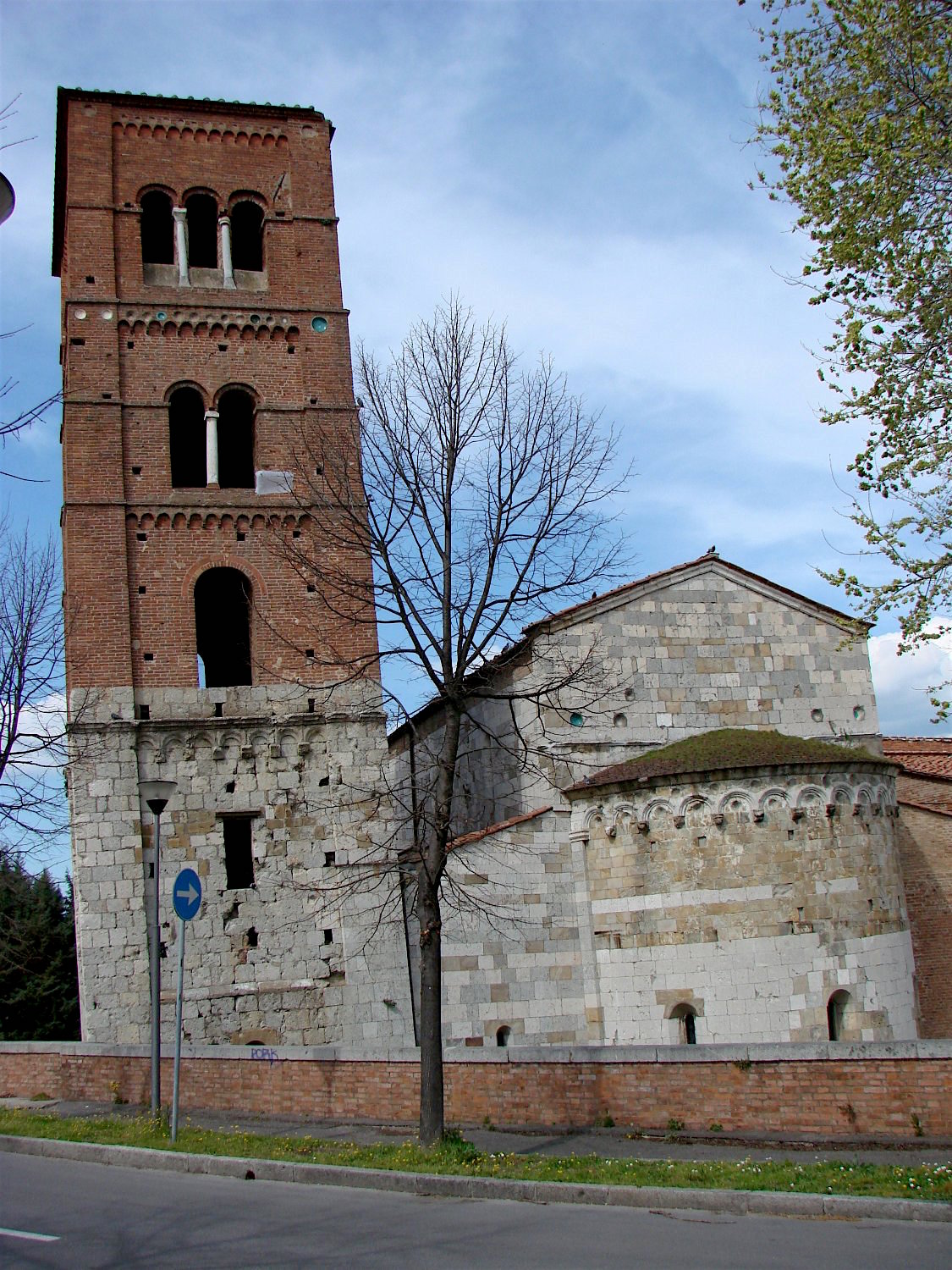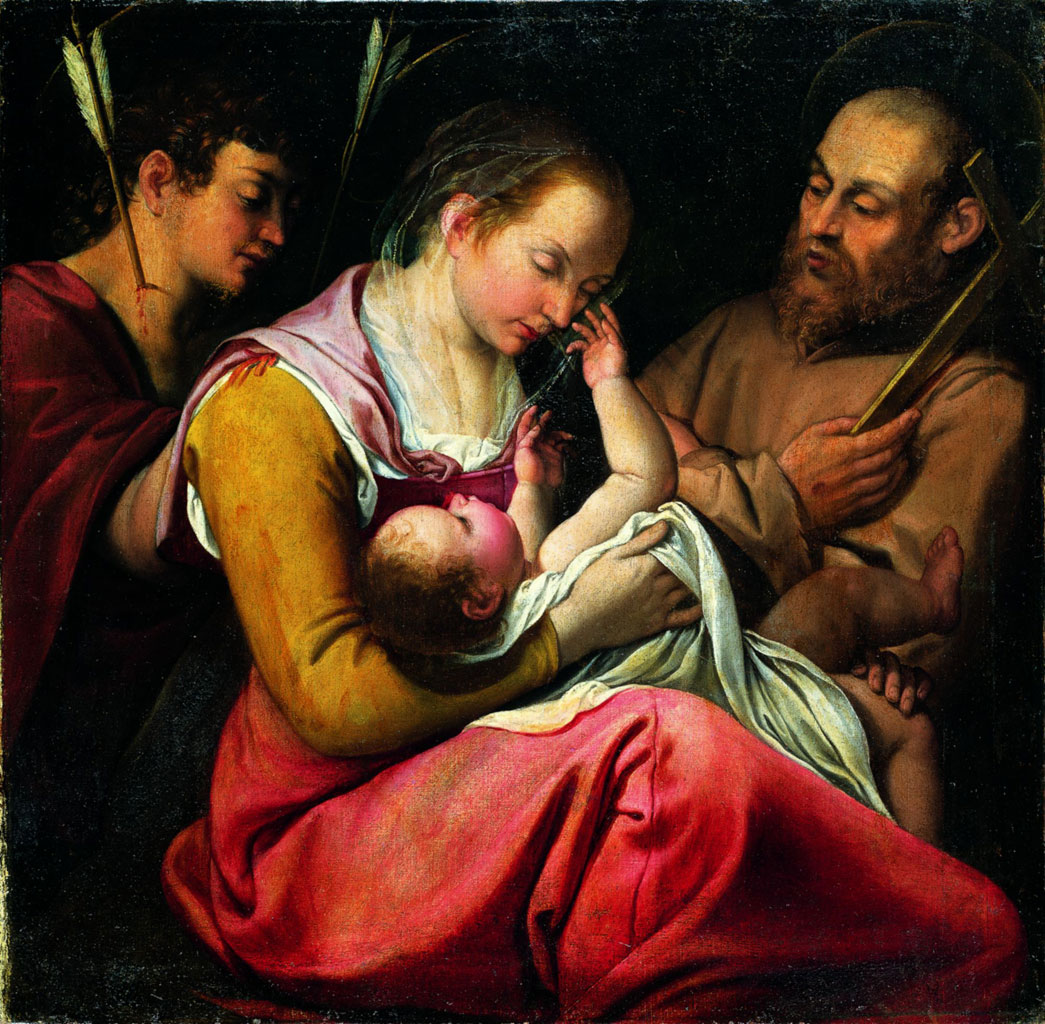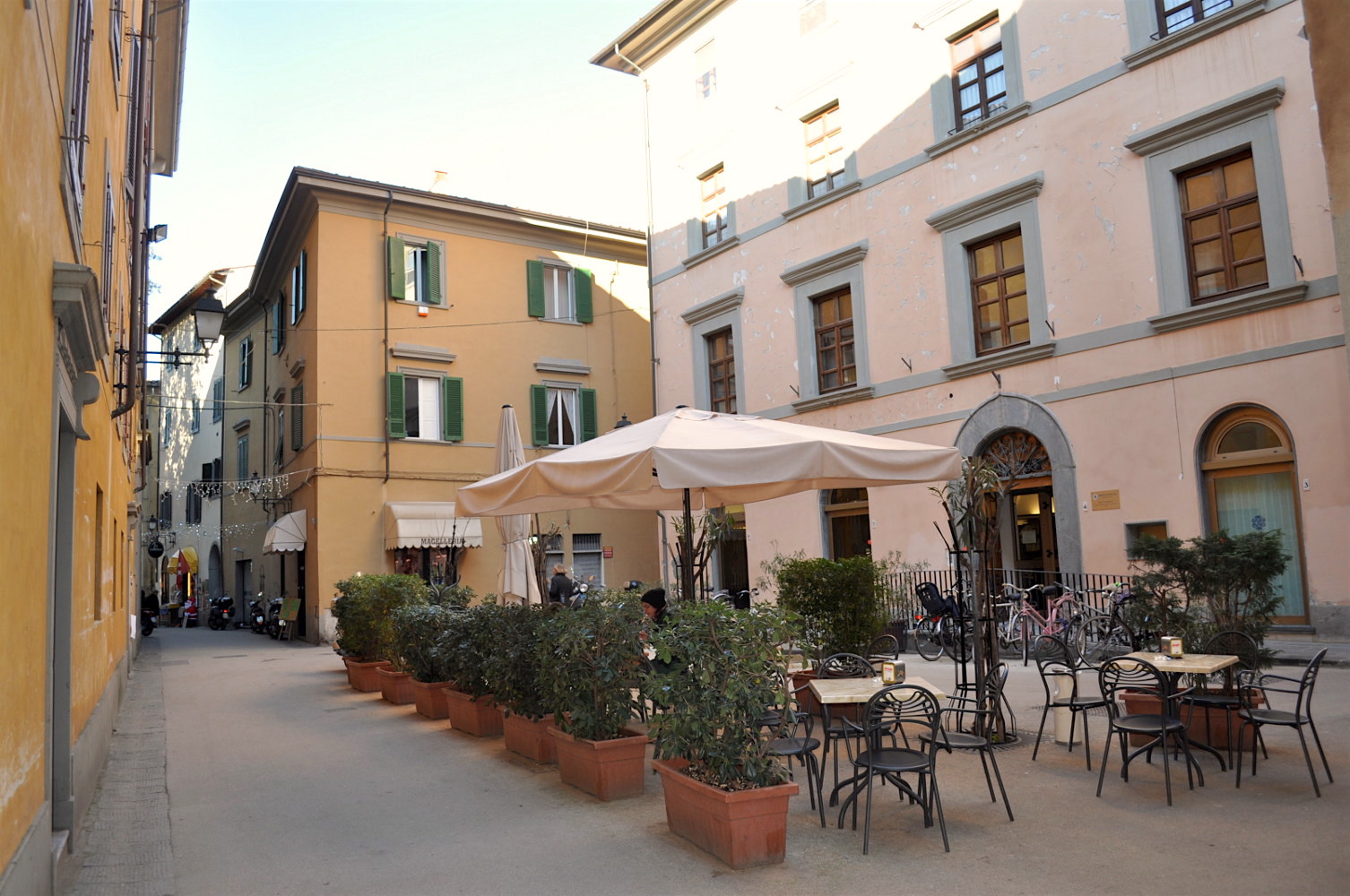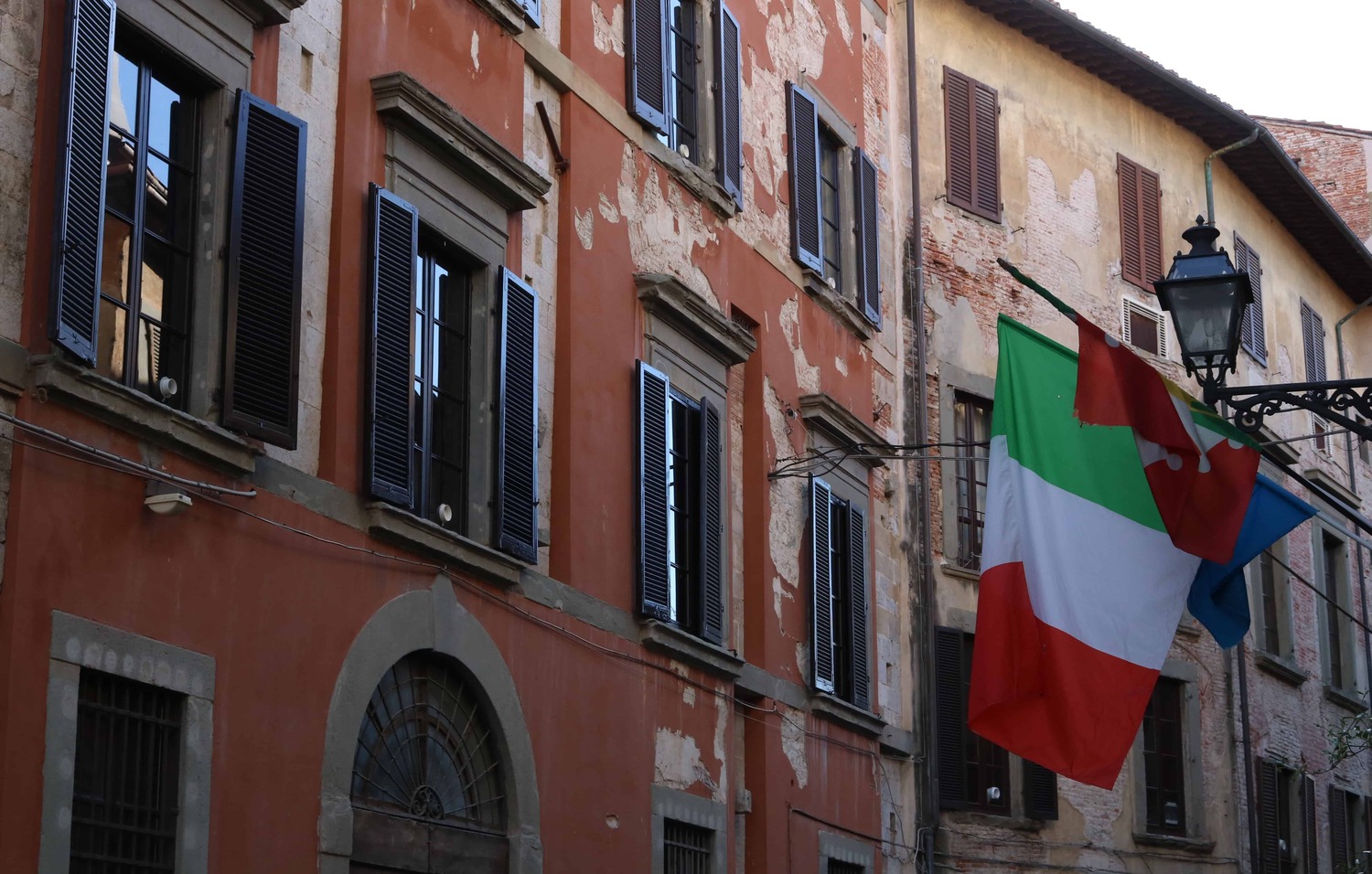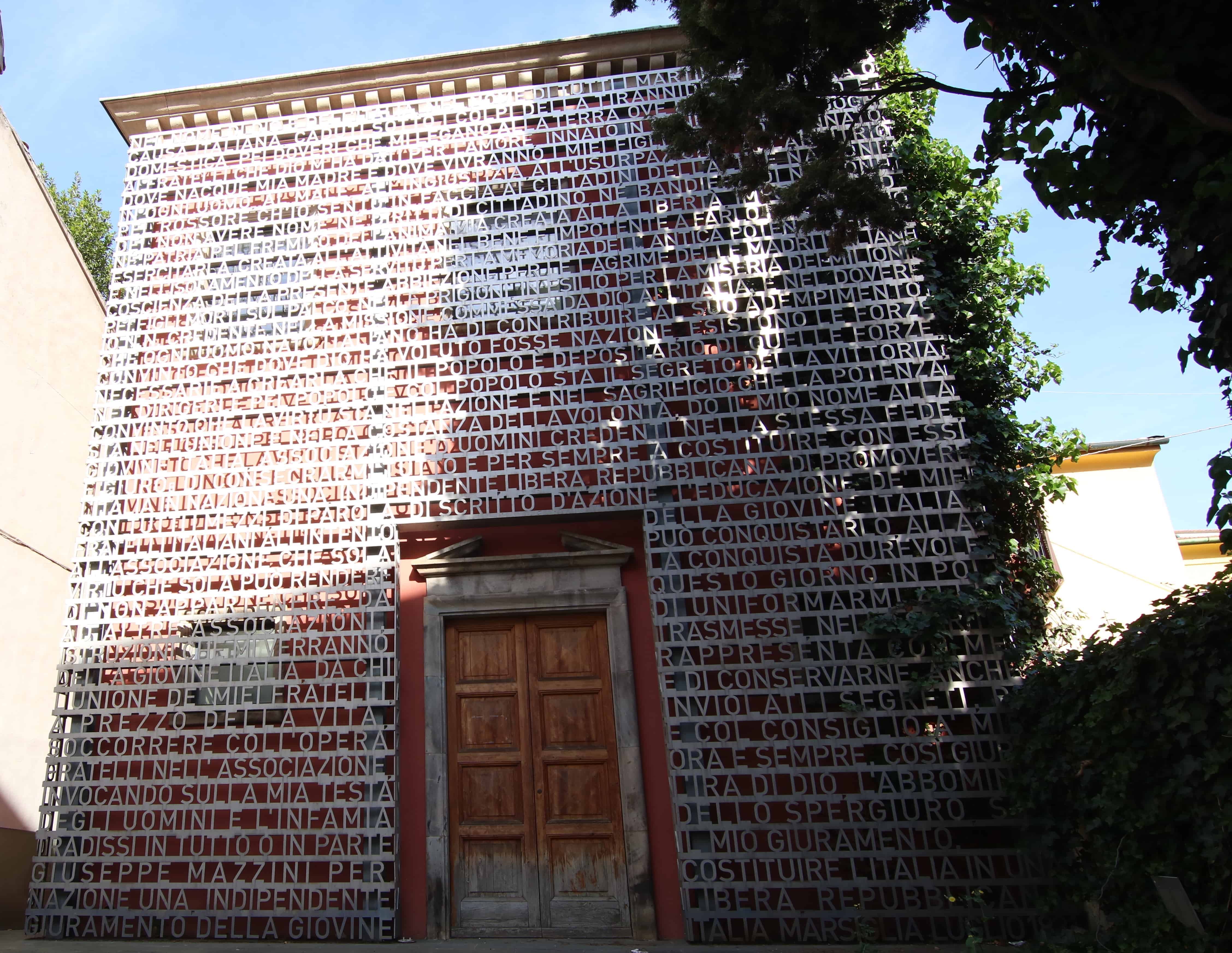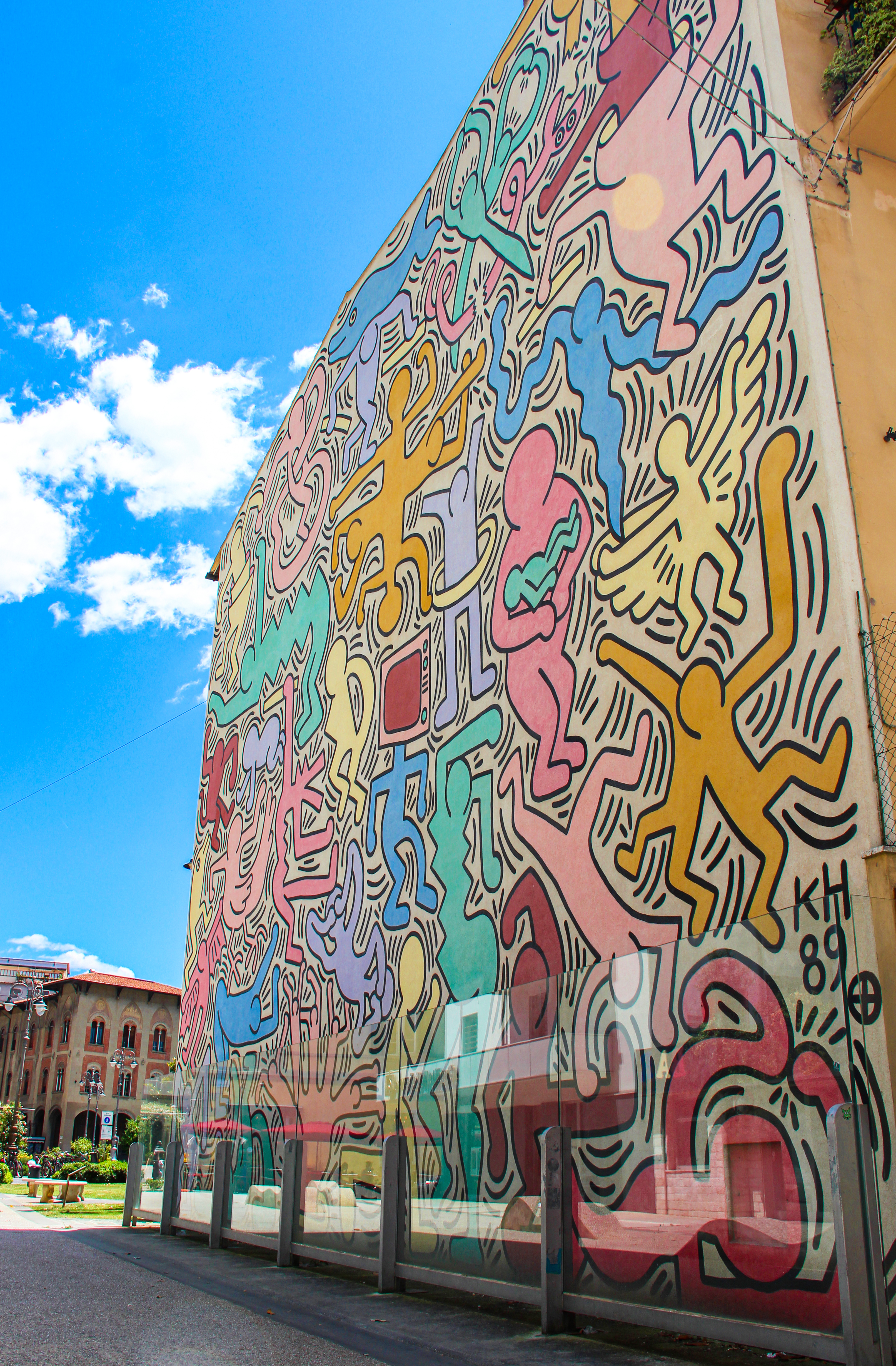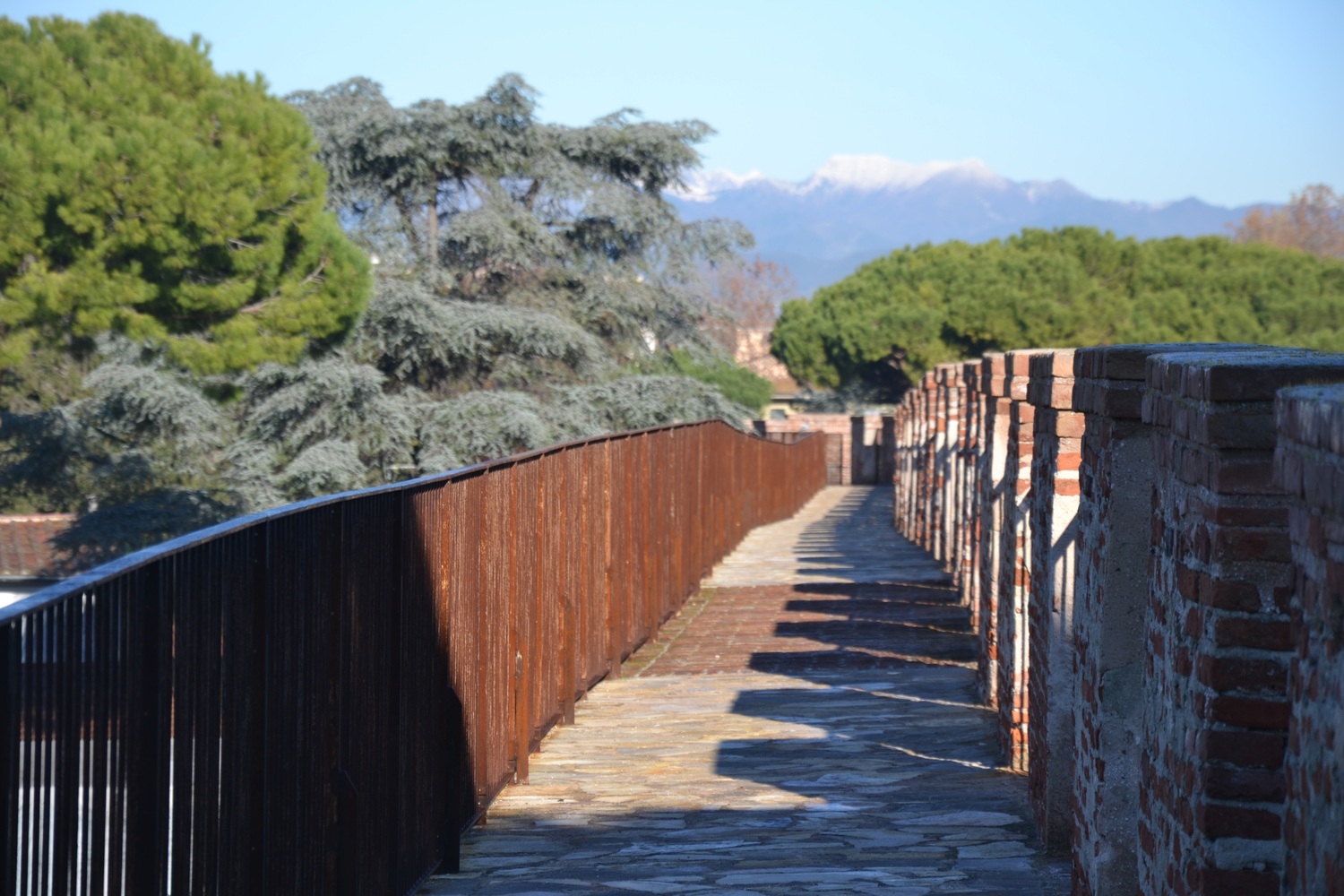Church of S. Maria della Spina
The Church, founded in 1230 was once named S. Maria del Ponte novo (St. Mary’s by the New Bridge) and was a votive oratory. It used to be situated at the foot of the bridge that connected via St. Antonio to via S. Maria. It was given the name it still bears today in 1333, when a thorn from Christ’s Crown of Thorns was donated to the oratory.
Throughout the 1300s the Church underwent many changes in its architecture and decoration. It is widely held that the director of works was Lupo di Francesco, an artist who had studied and worked in Giovanni Pisano’s workshop. He took the decorative motifs of pediments and pinnacles from the cathedral fronts at Siena and Orvieto and mixed them with designs typical of funeral monuments.
The strong connections with Giovanni Pisano’s style are clearly seen in the sculptures, especially in the row of Apostles. The height of the church front is extended by three spires and the façade is divided by a central pilaster surmounted by an aedicule encasing a Madonna and Child between two Angels. Above, at the top of the two pediments, are statues of the Annunciation and the Redeemer (Andrea Pisano’s workshop). The interior is simple, with walls decorated in horizontal stripes of two-tone marble. On the high altar there are statues, attributed to Nino and Andrea Pisano, of the Madonna and Child, St. John the Baptist and St. Peter.
The tabernacle on the left wall once held the Thorn relic, now in the church of S. Chiara; in the front wall is the altar where once the Madonna del Latte by Andrea and Nino Pisano stood (now in the Museum of S. Matteo). Because of subsidence, the church often had to be repaired and eventually, in mid 19th century, it was decided to dismantle and move it to a position higher above the river bed where it was built, with the result that the sacristy was destroyed and several statues lost.

